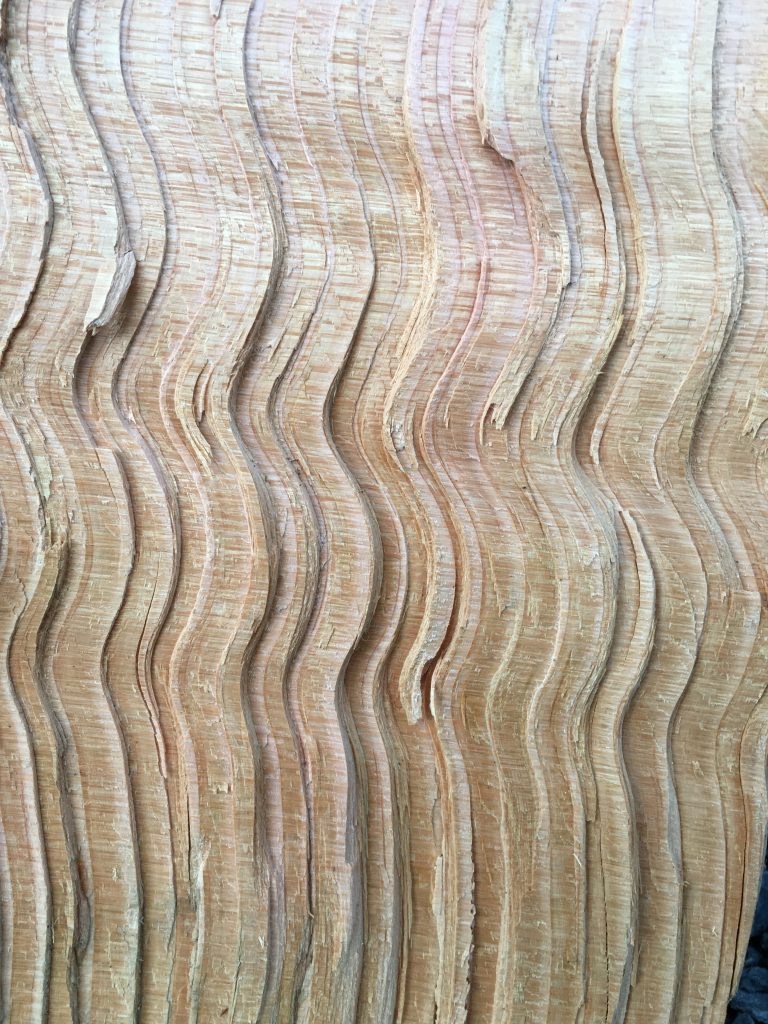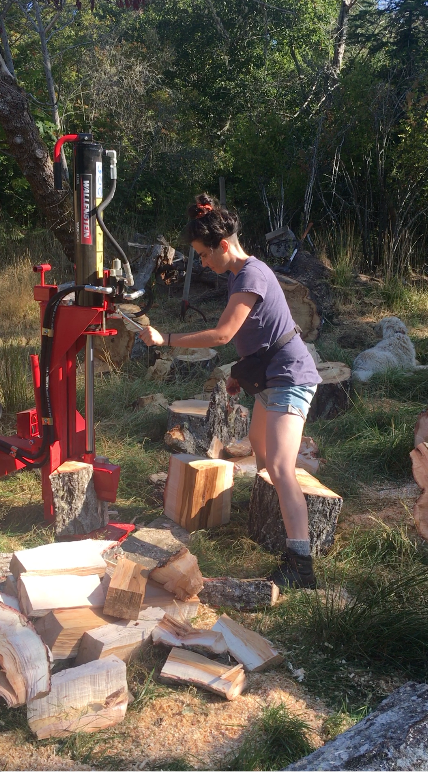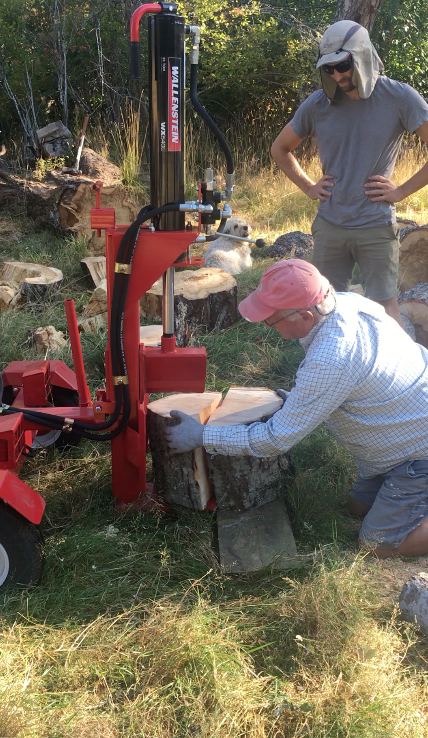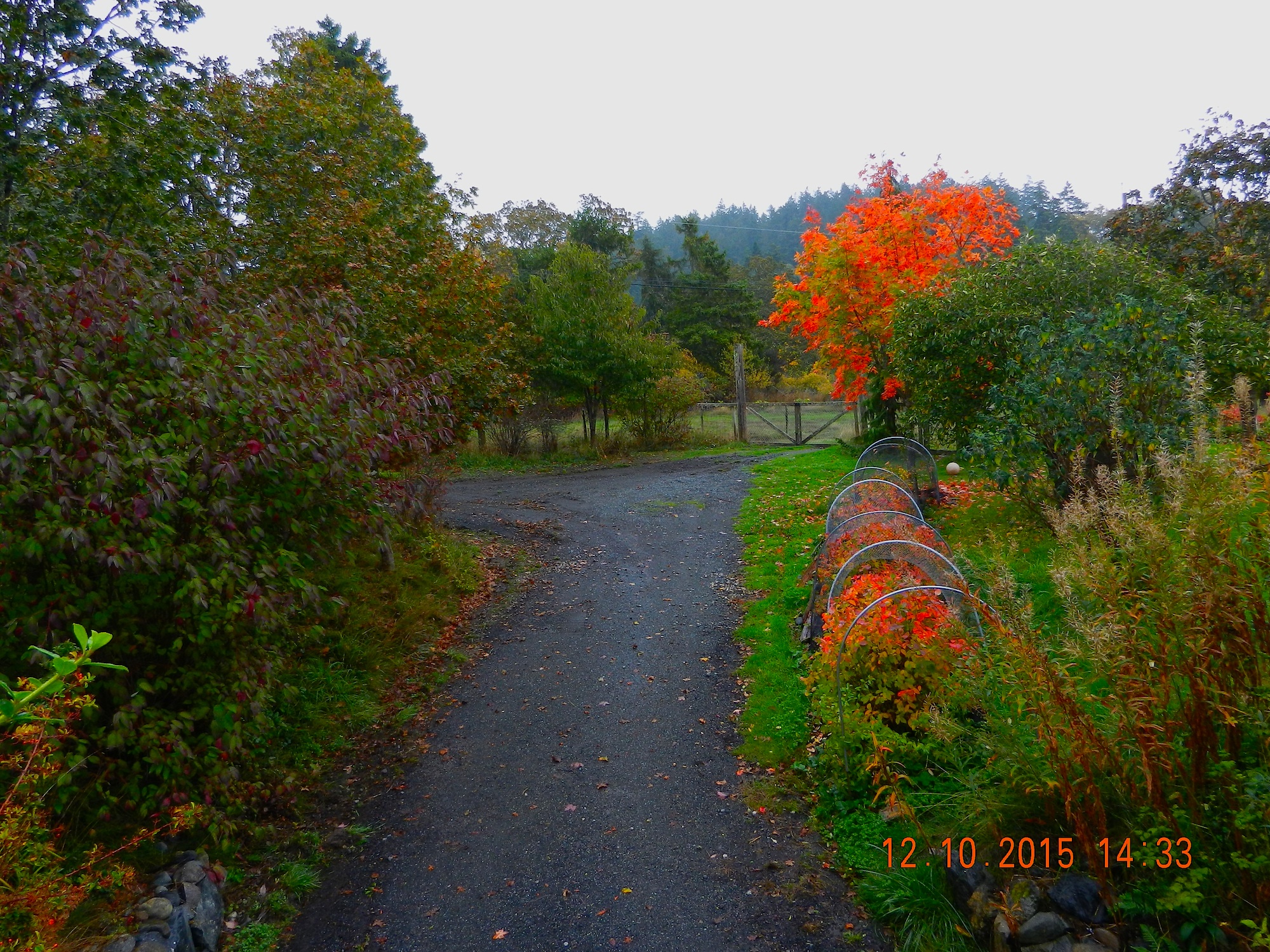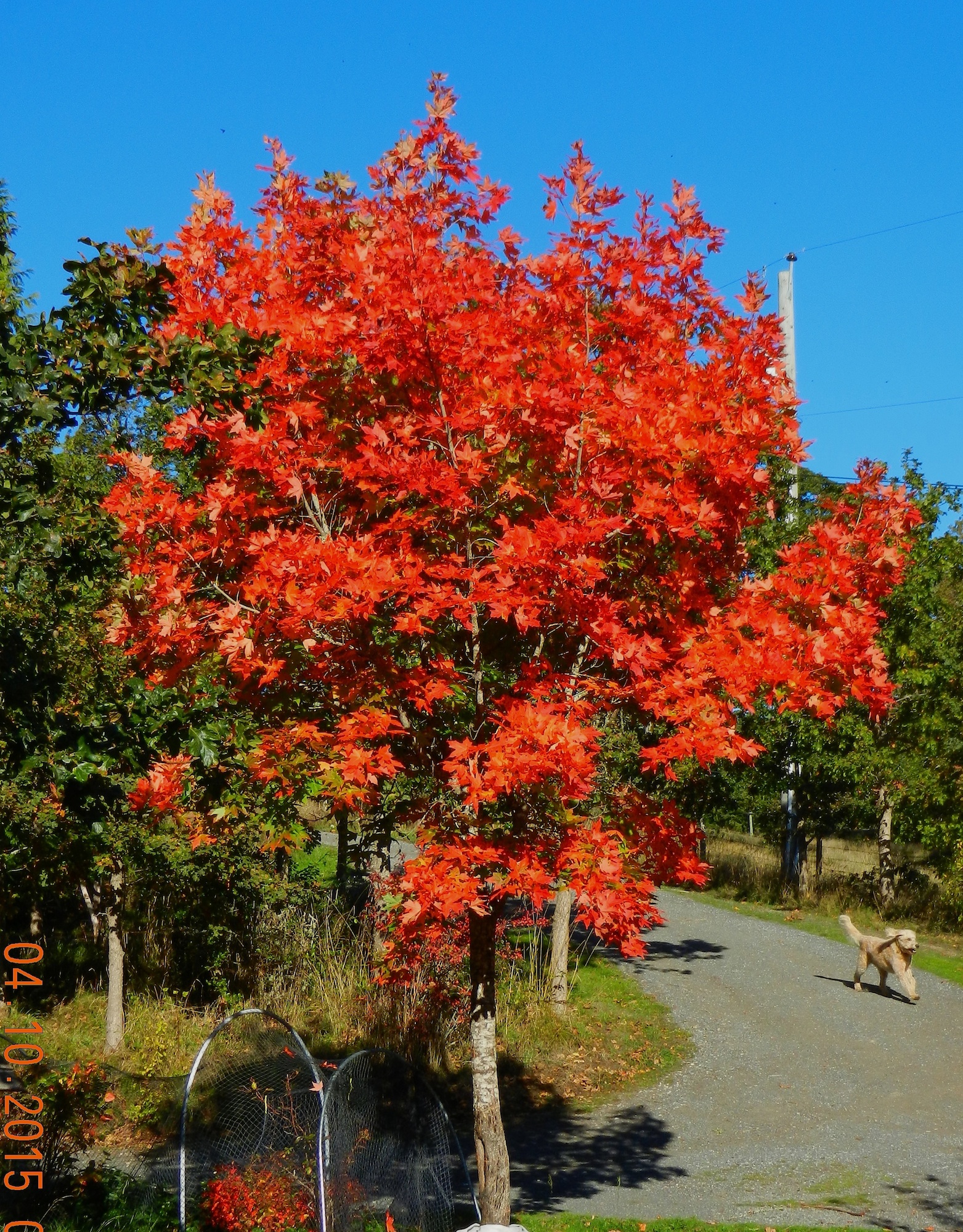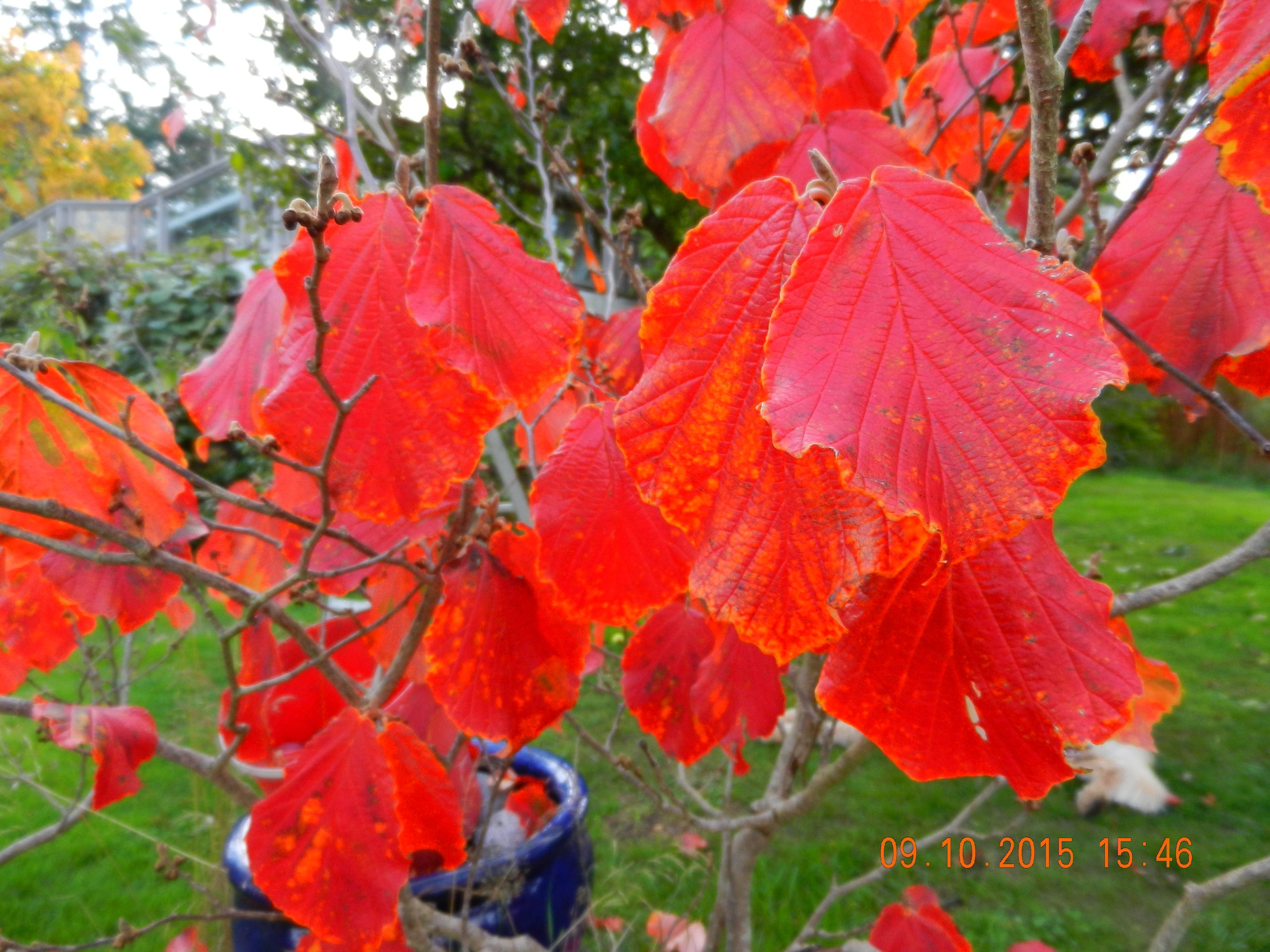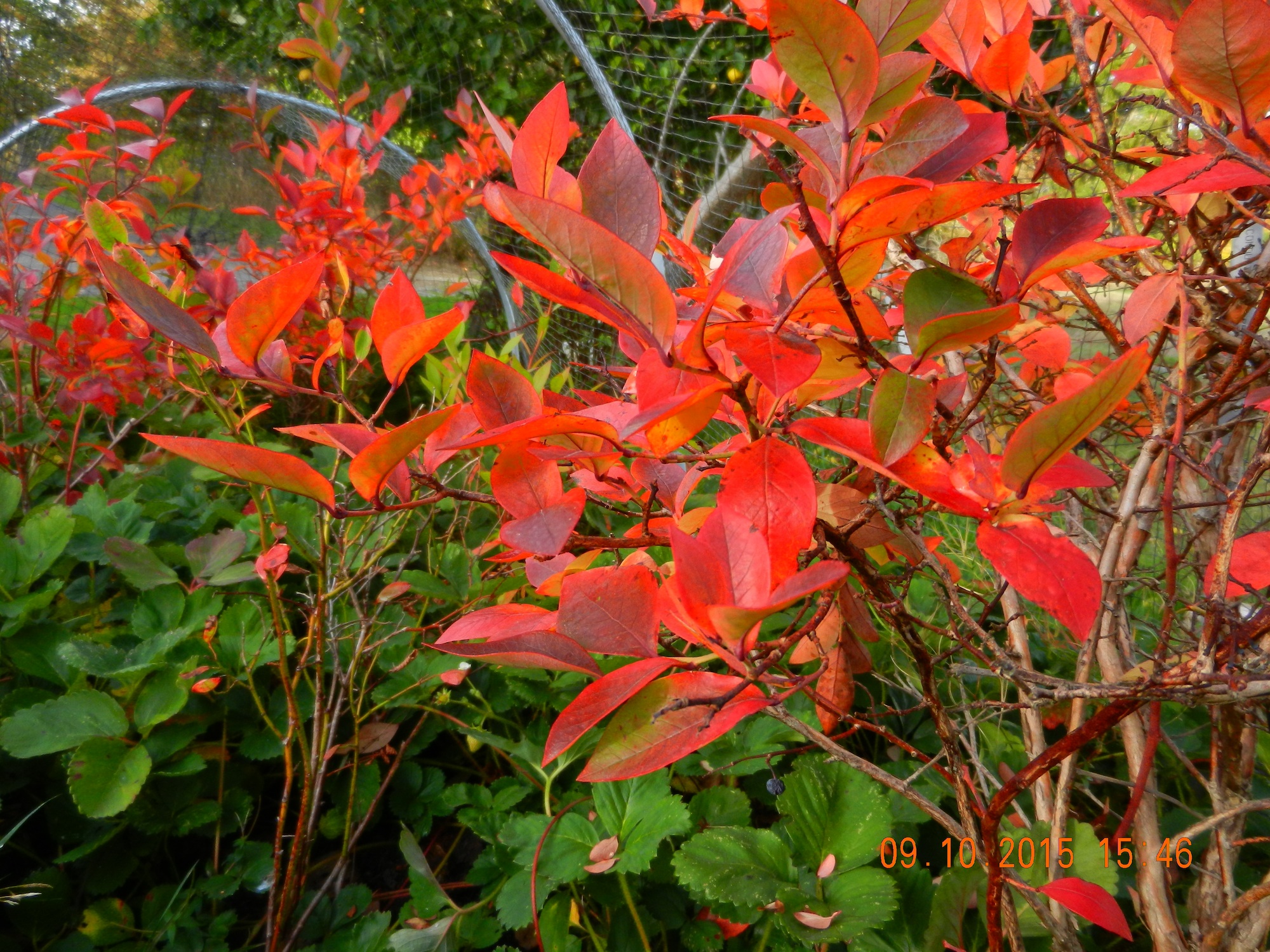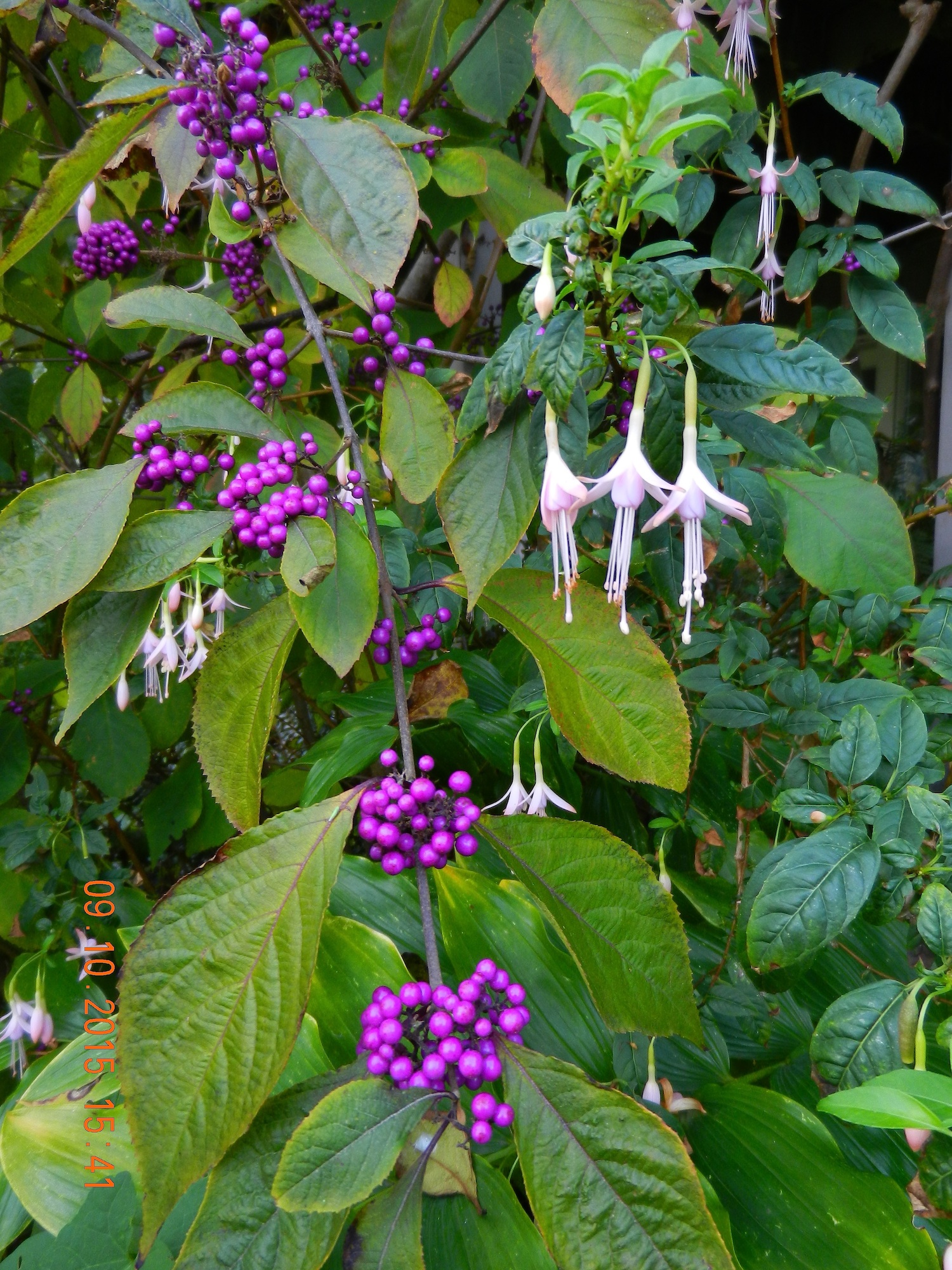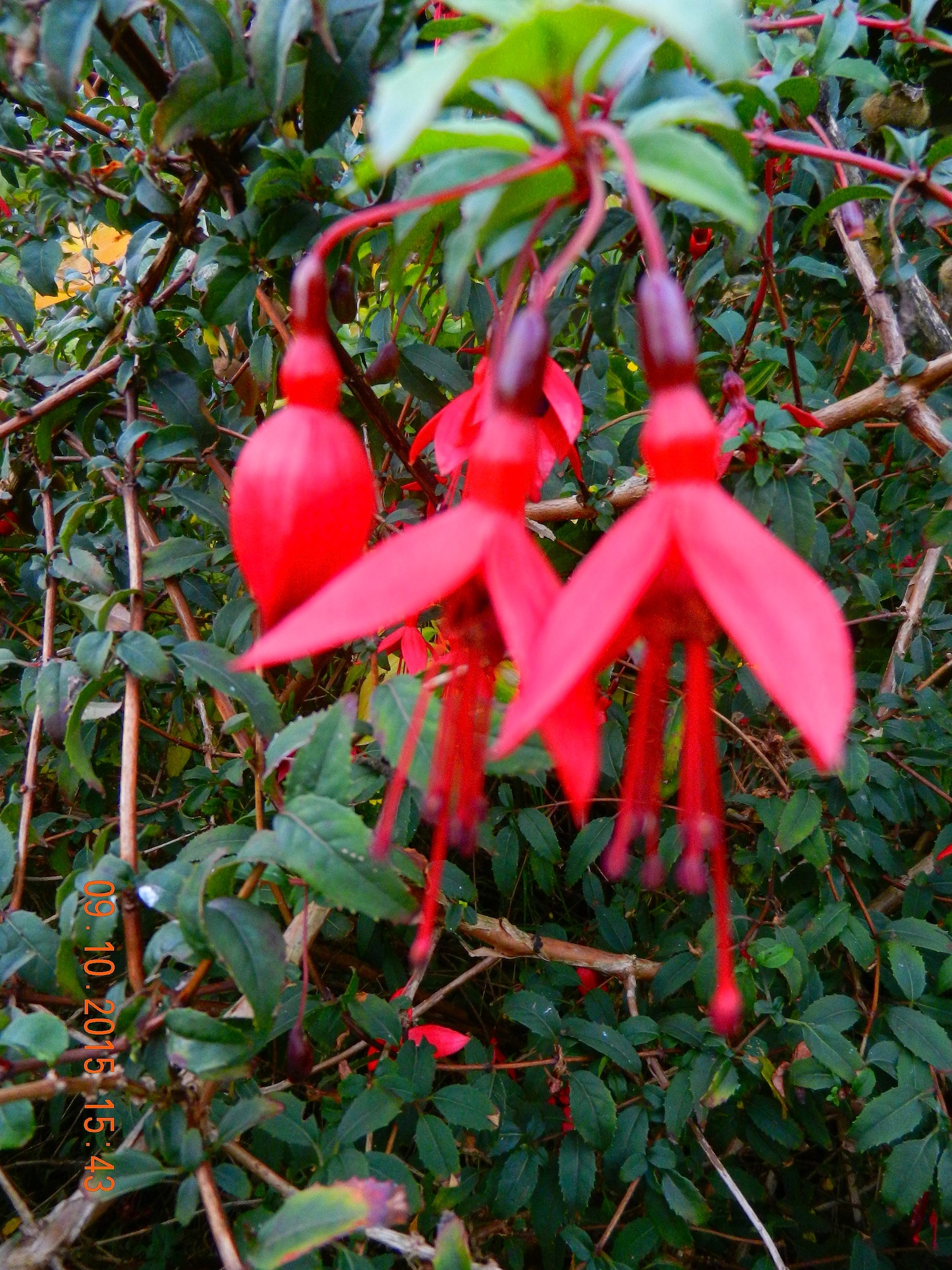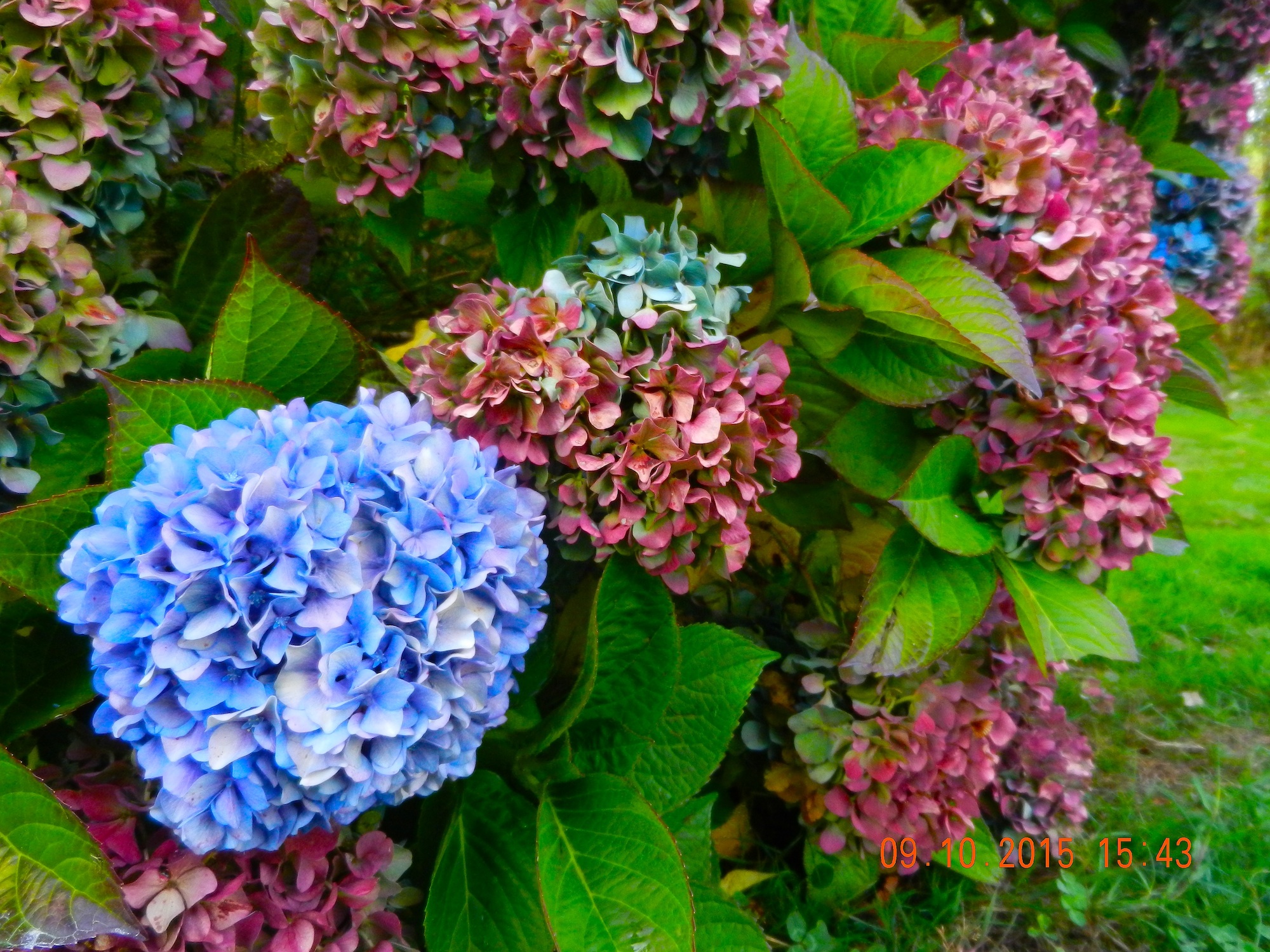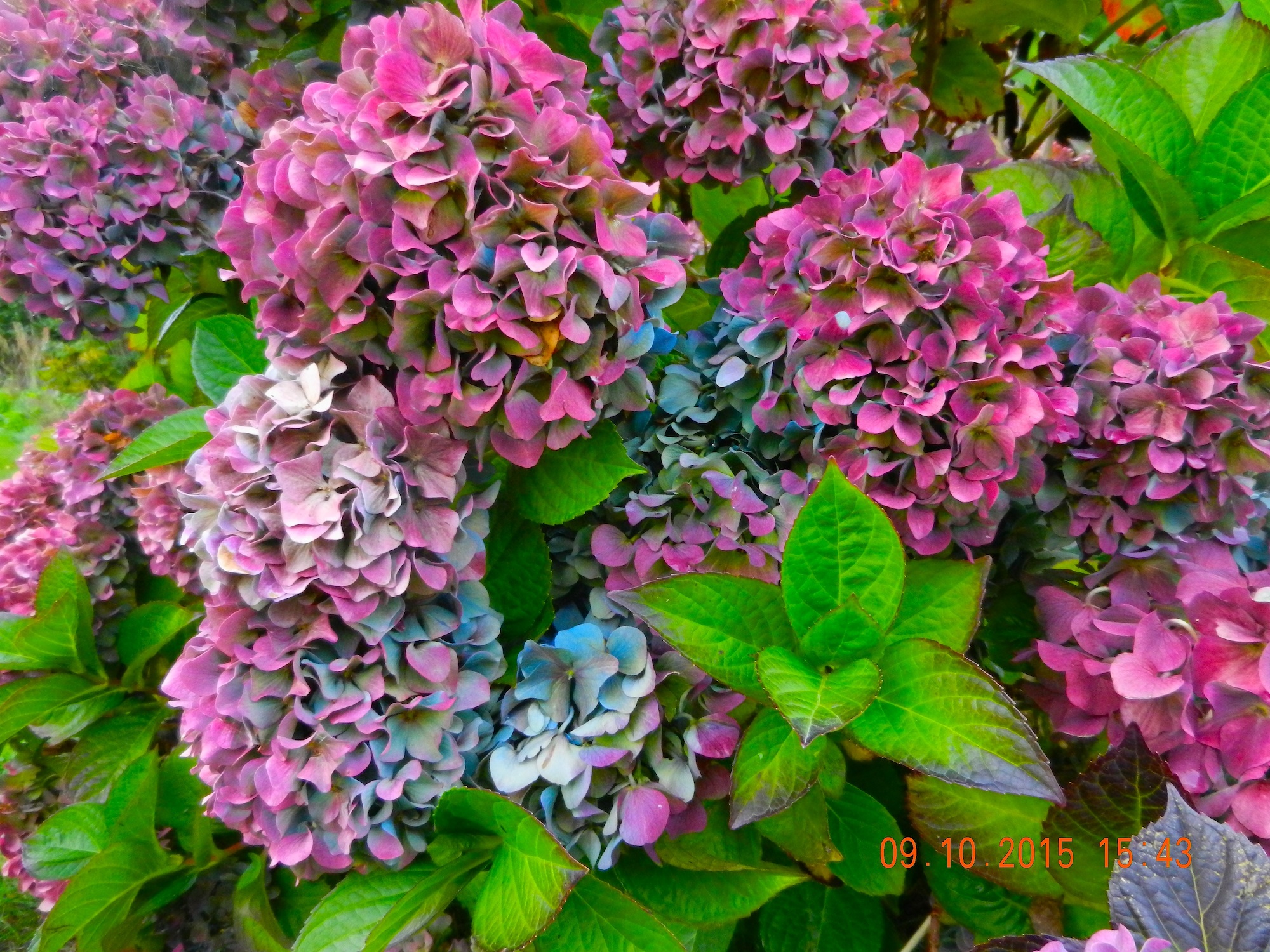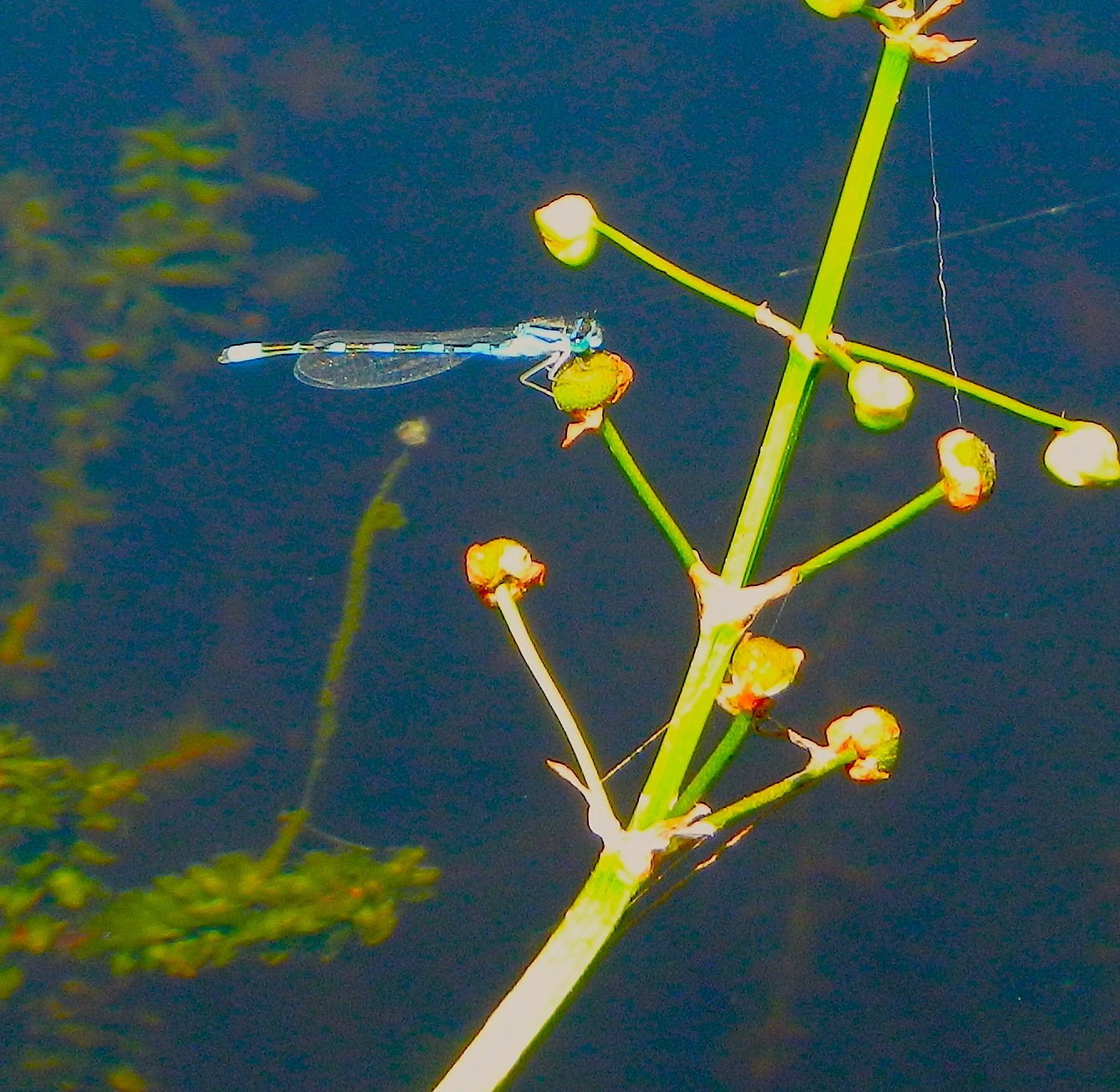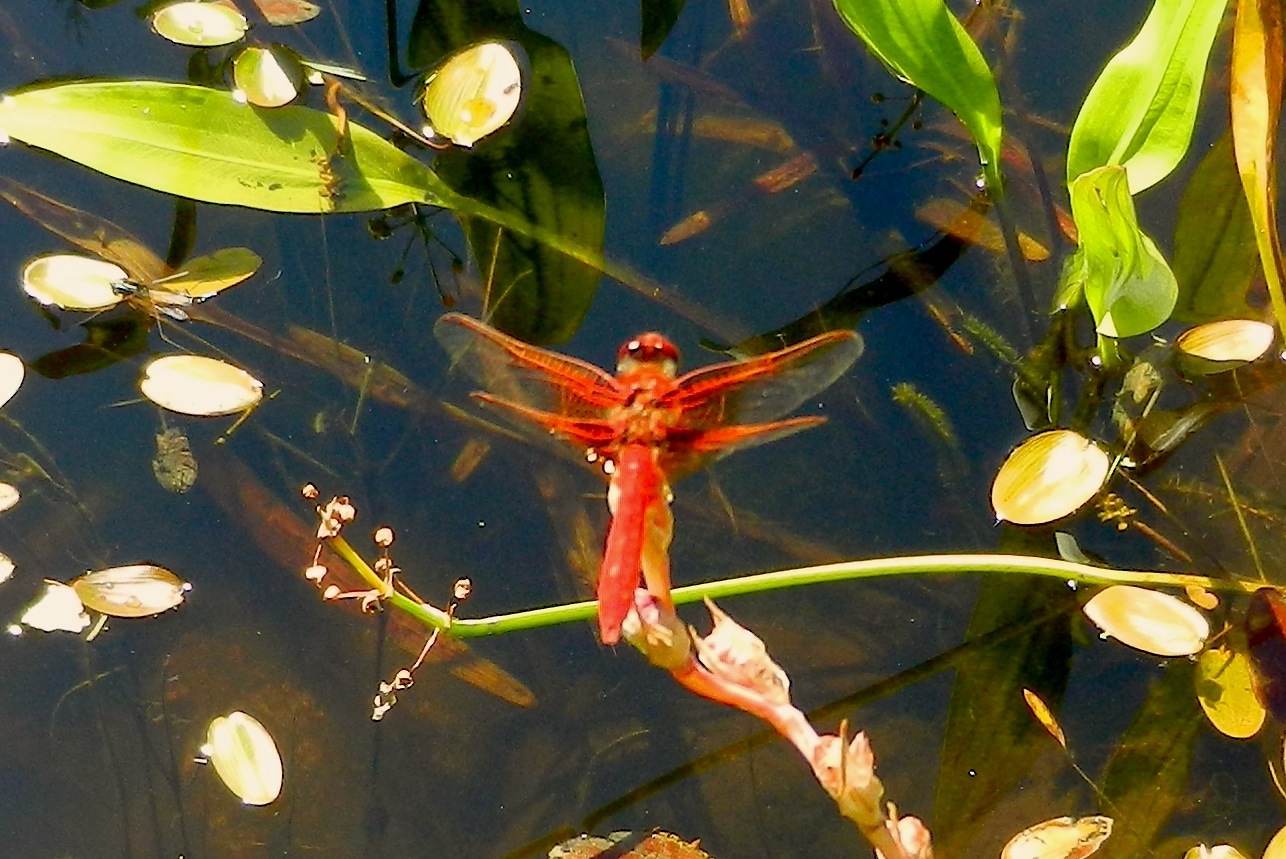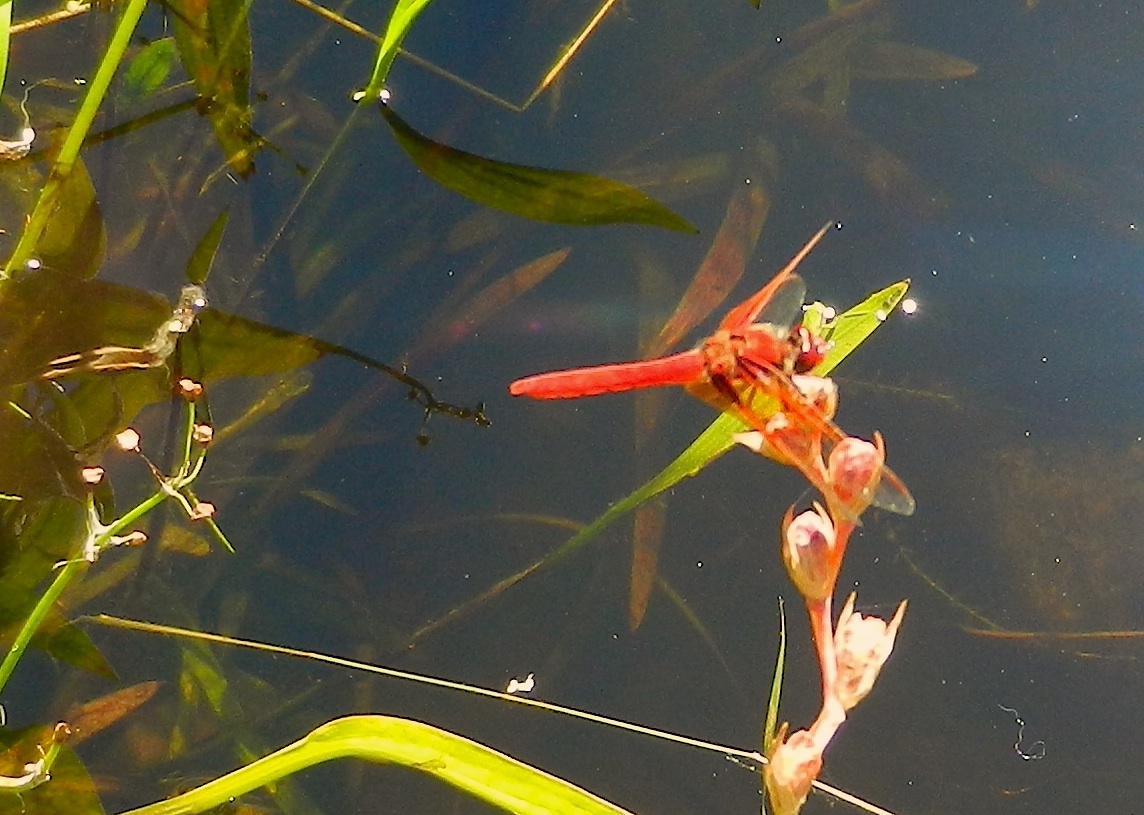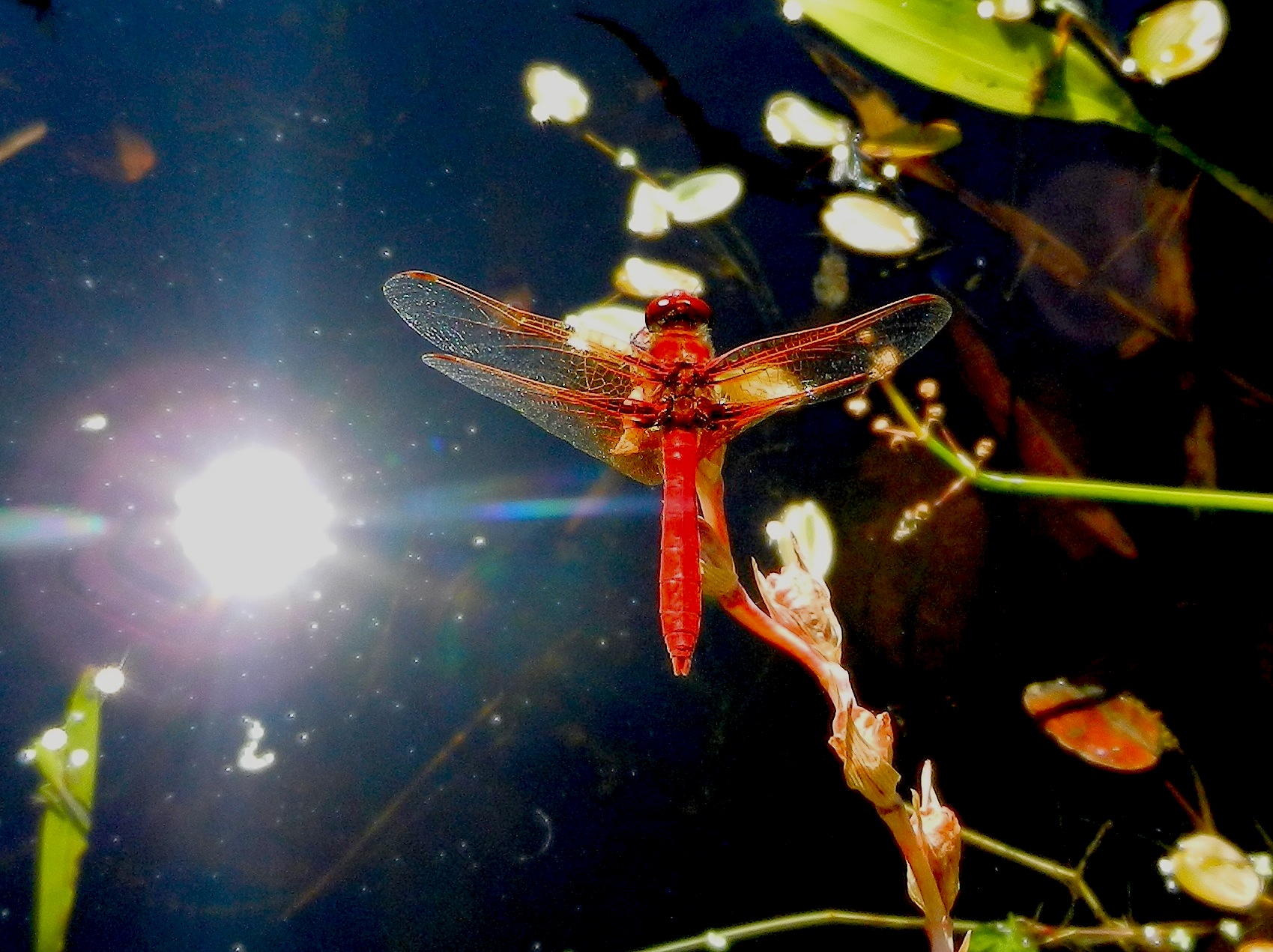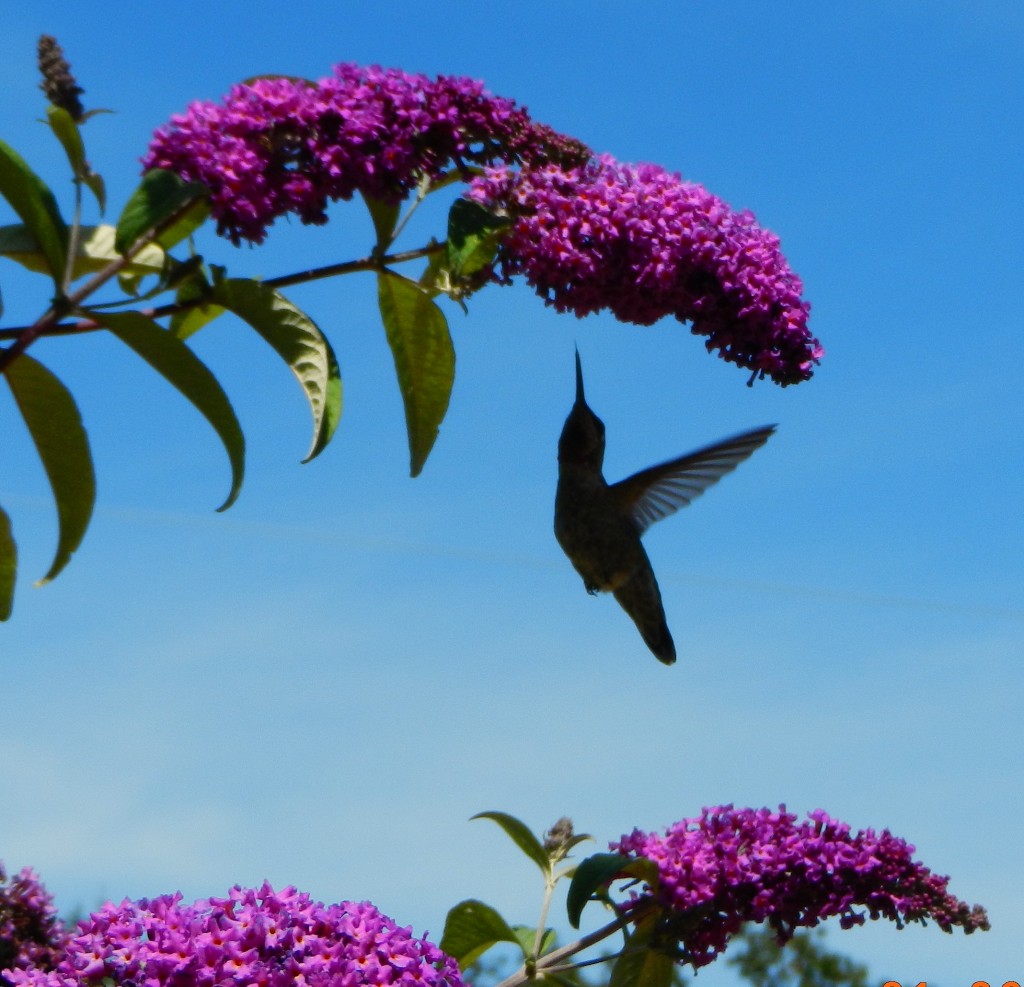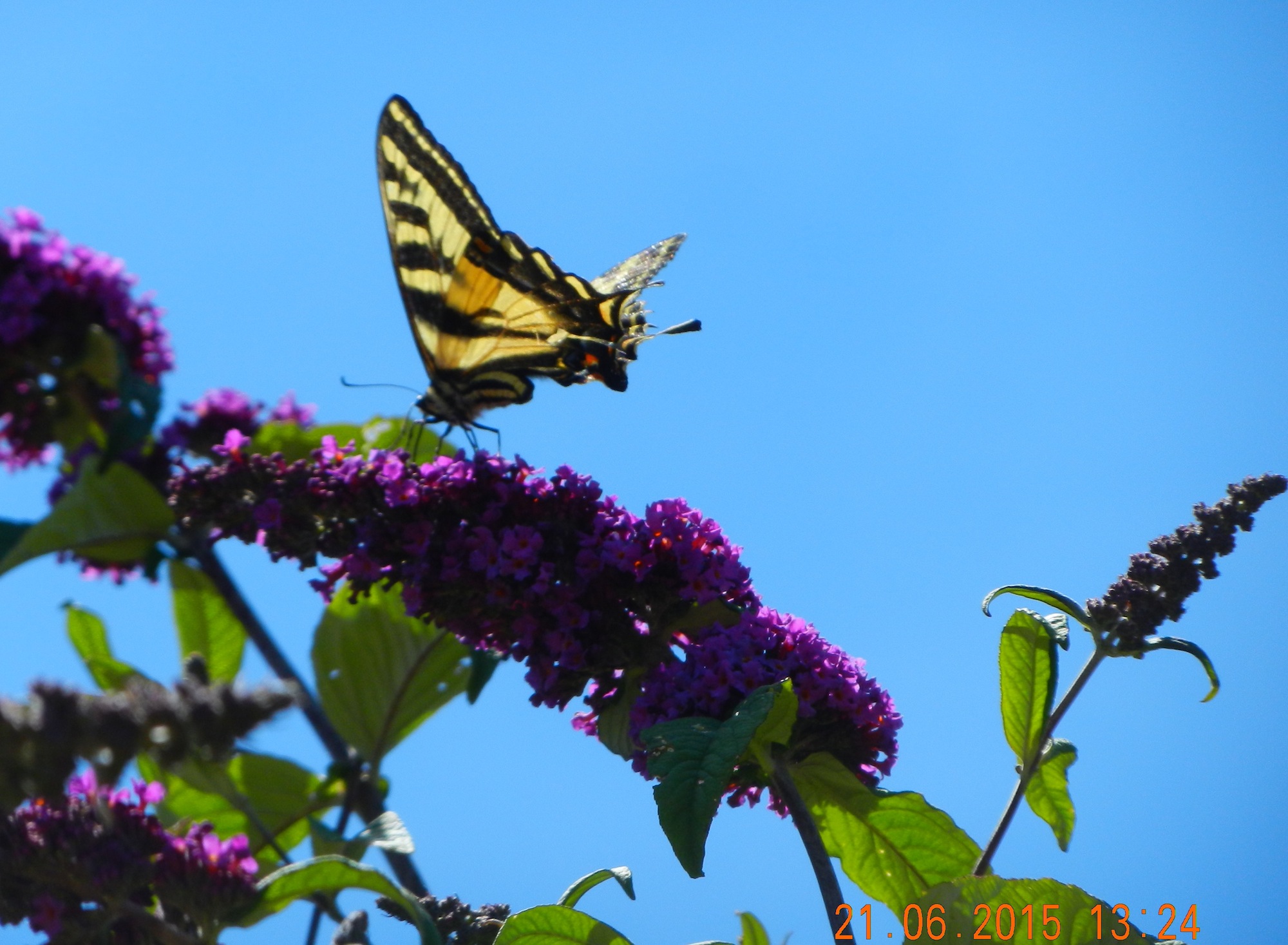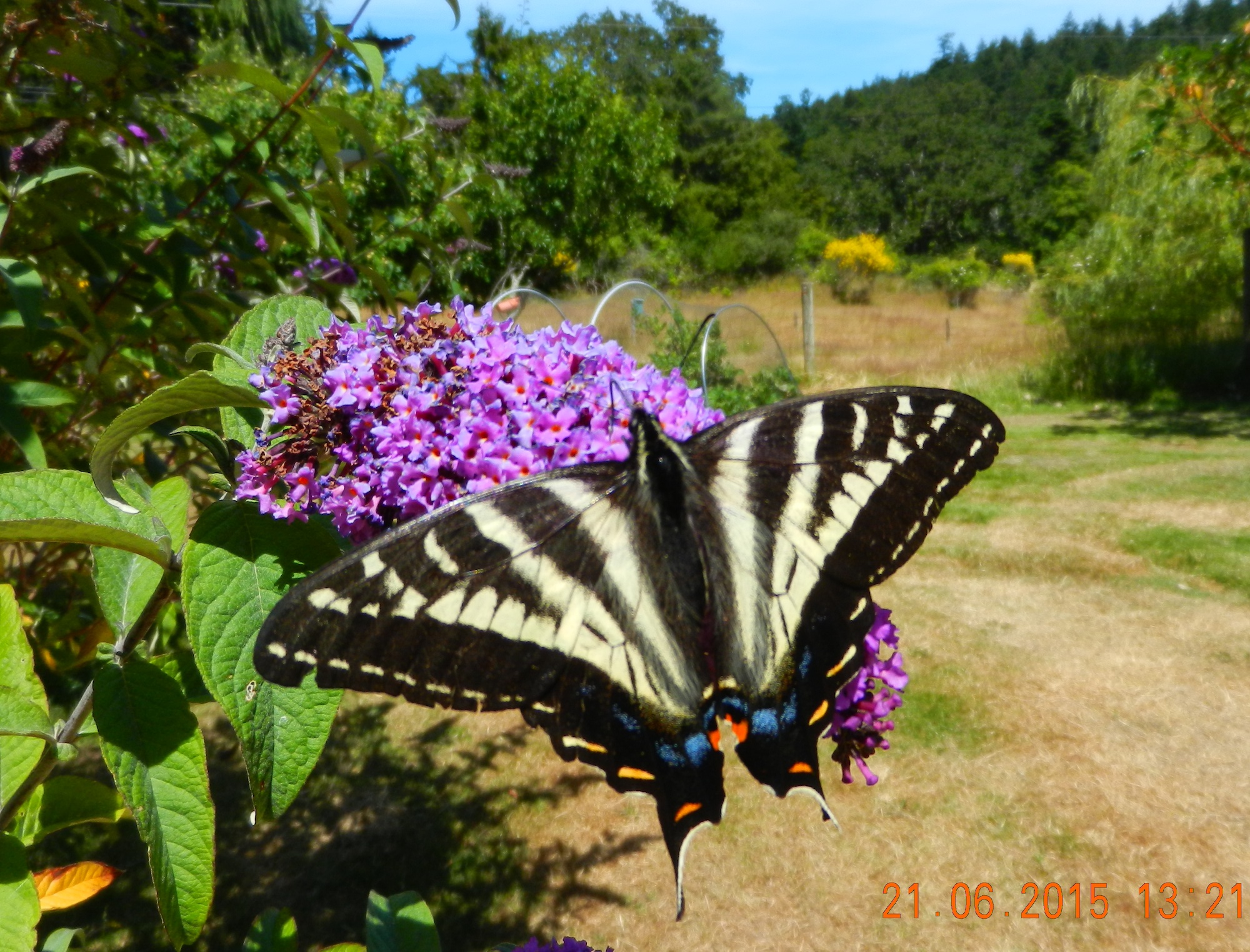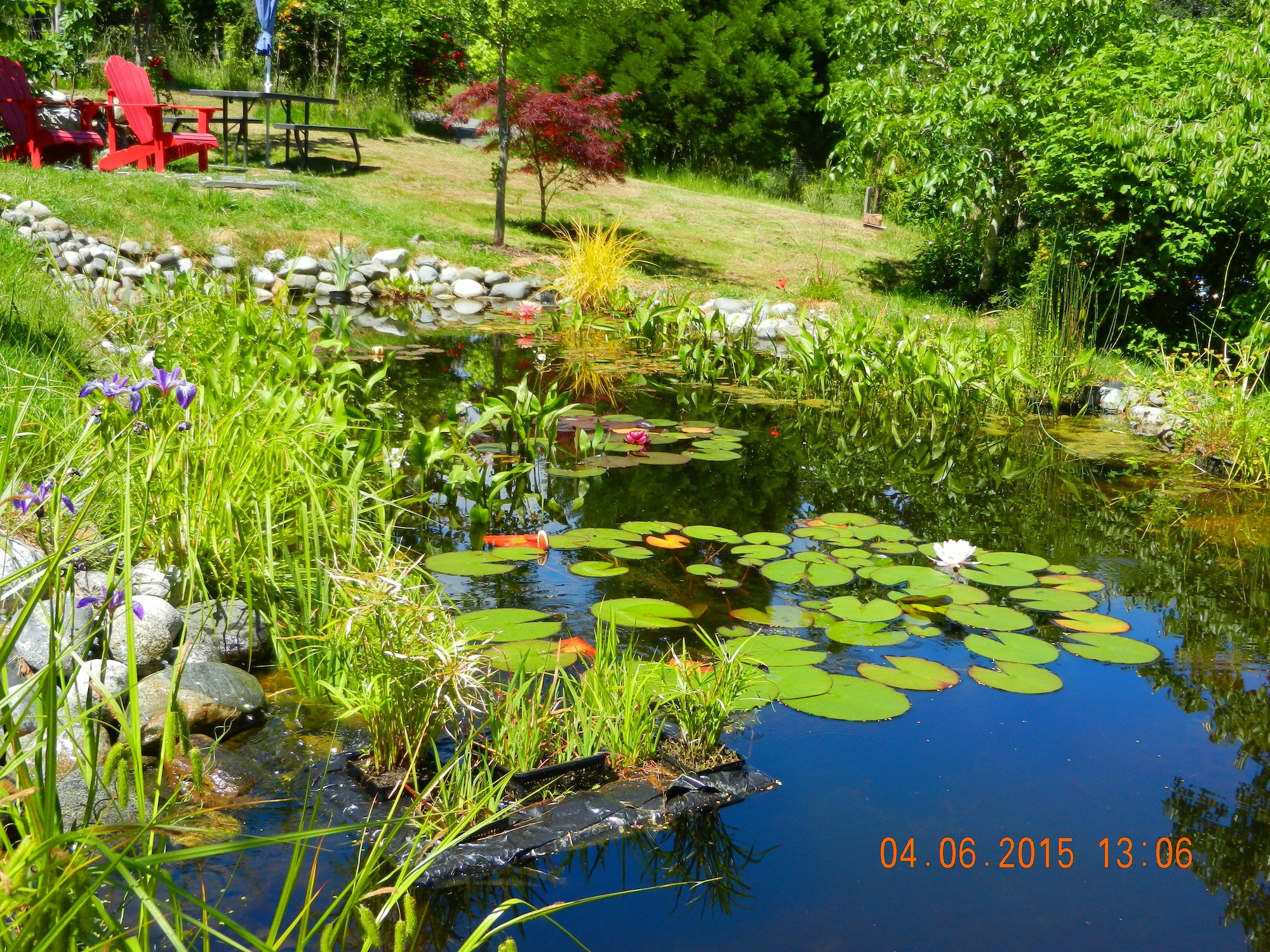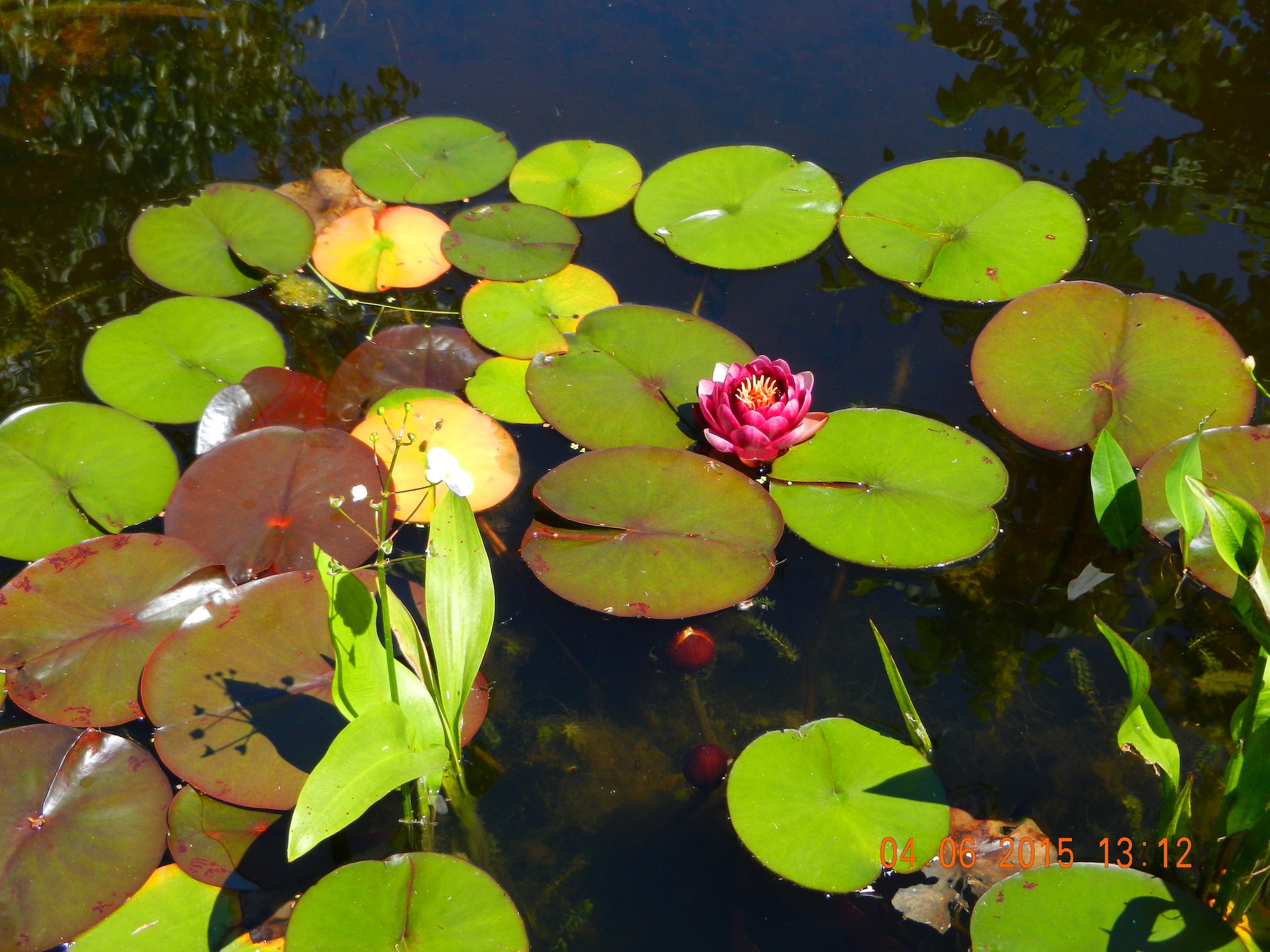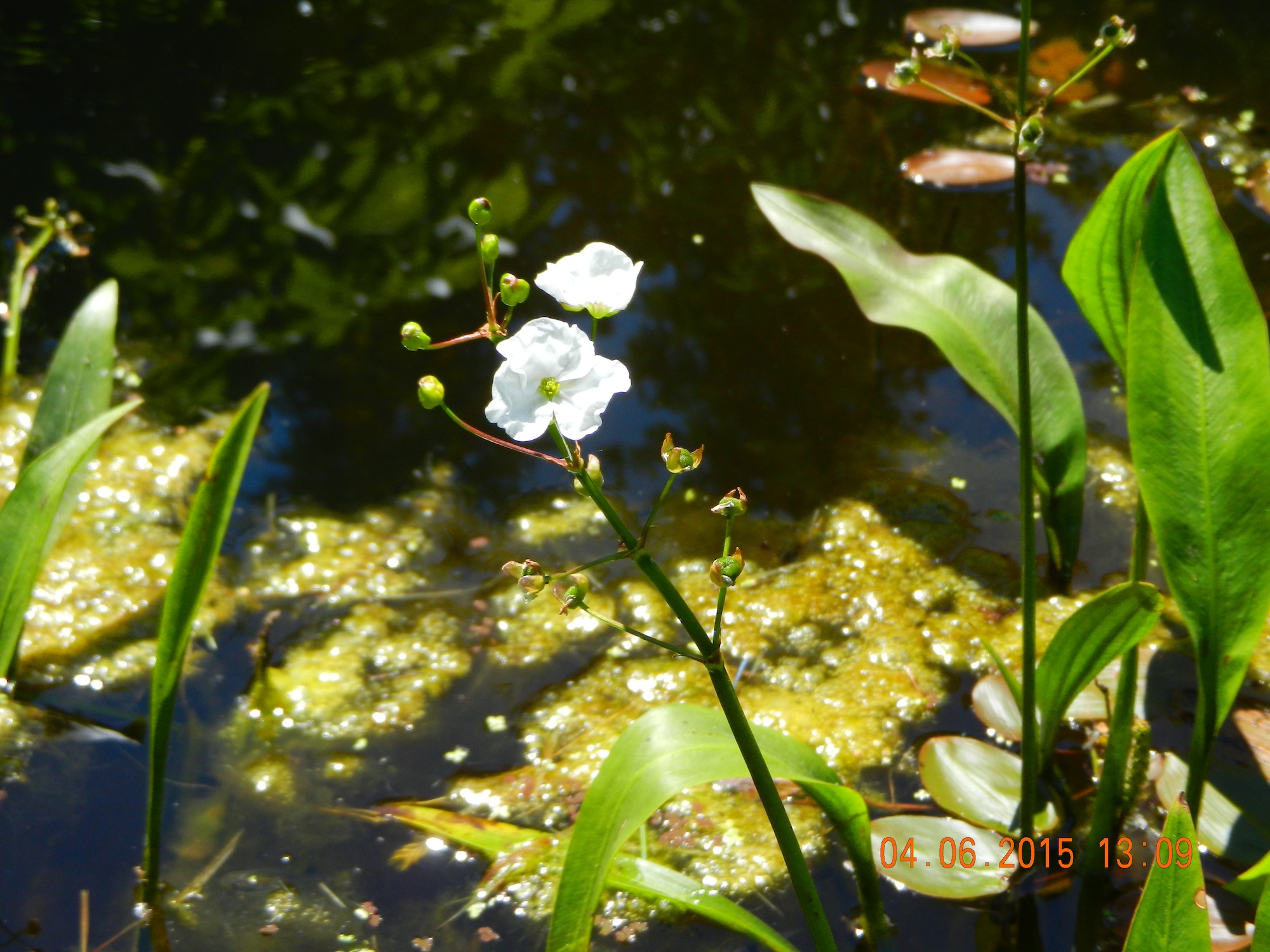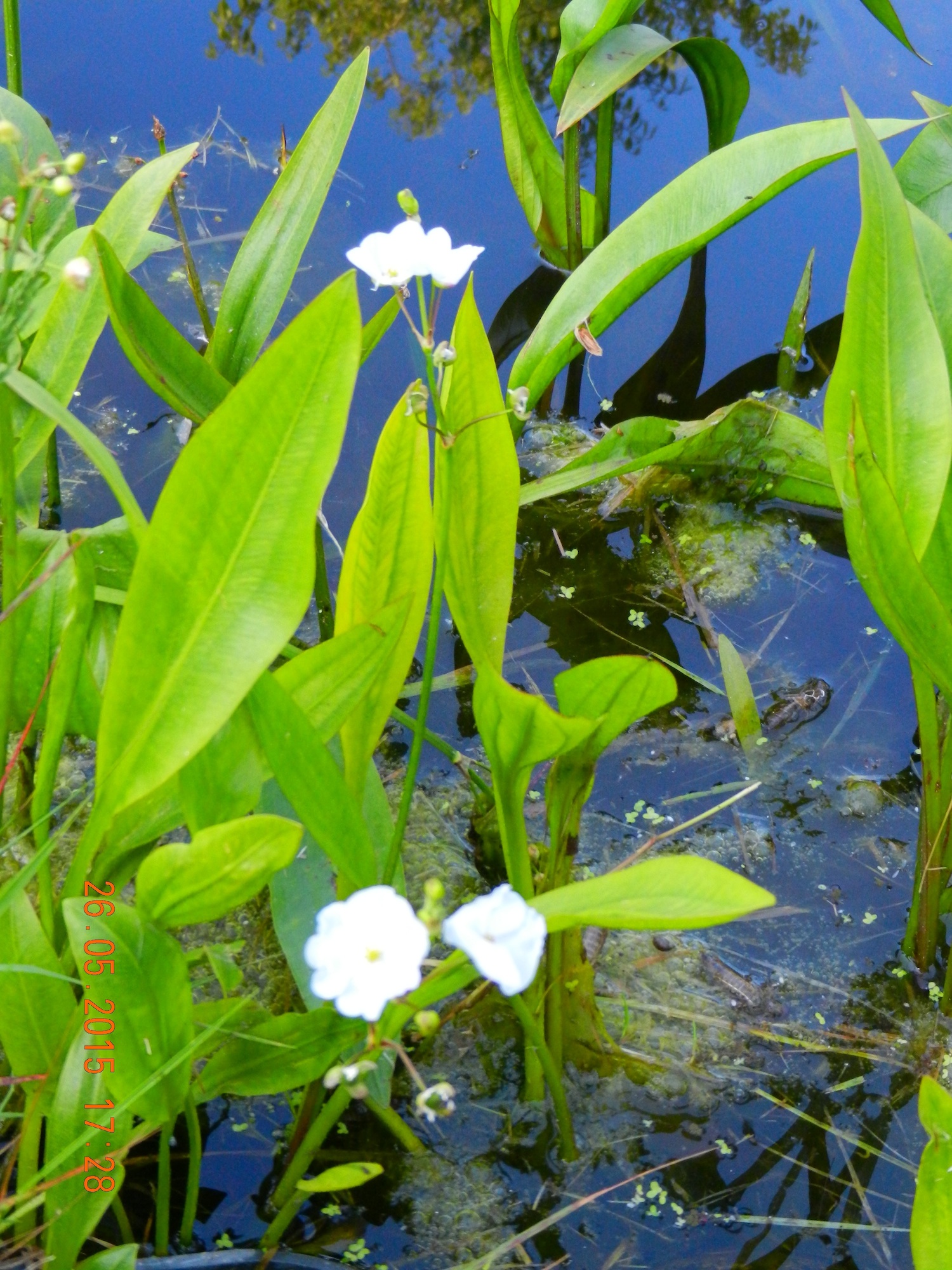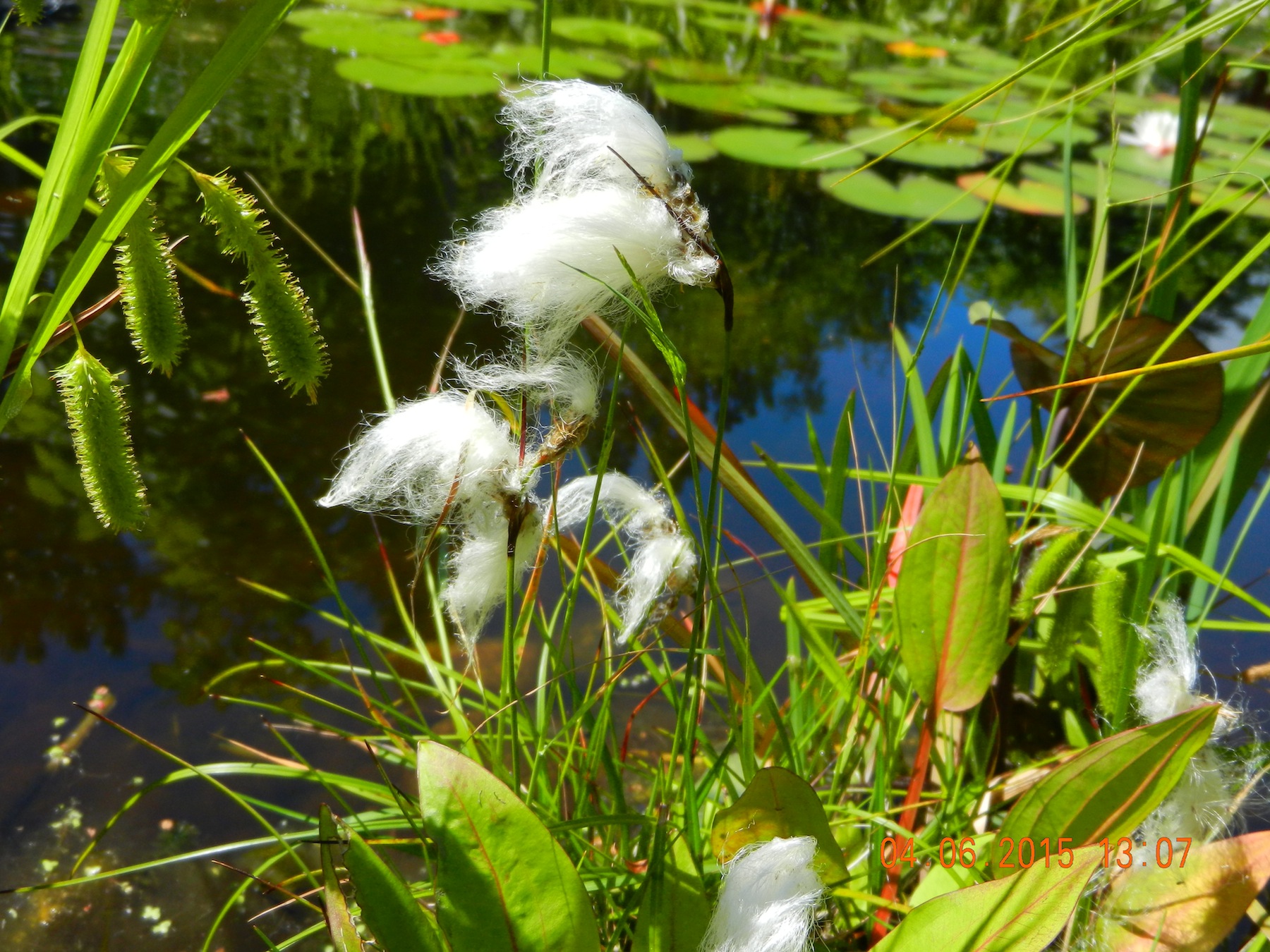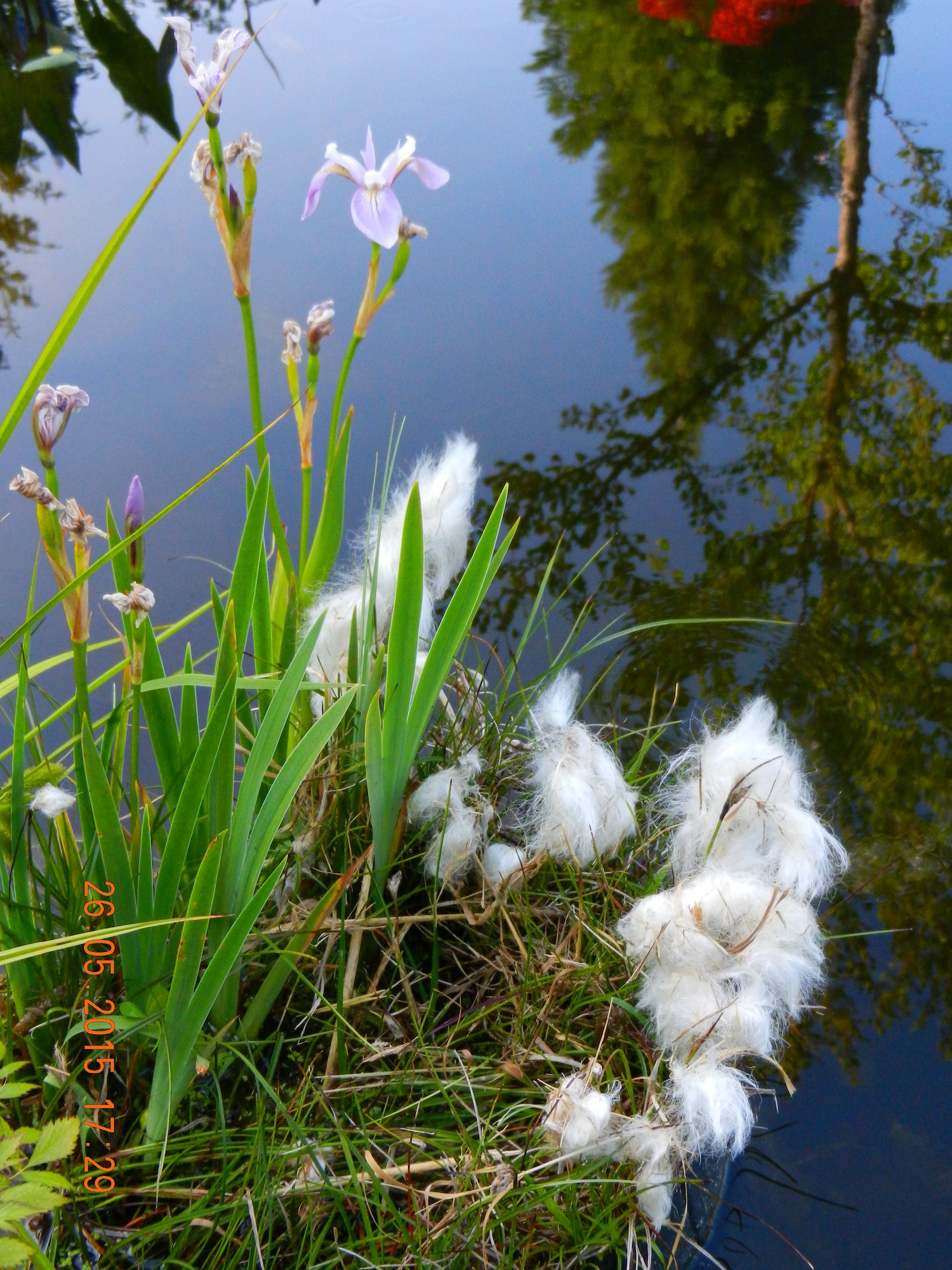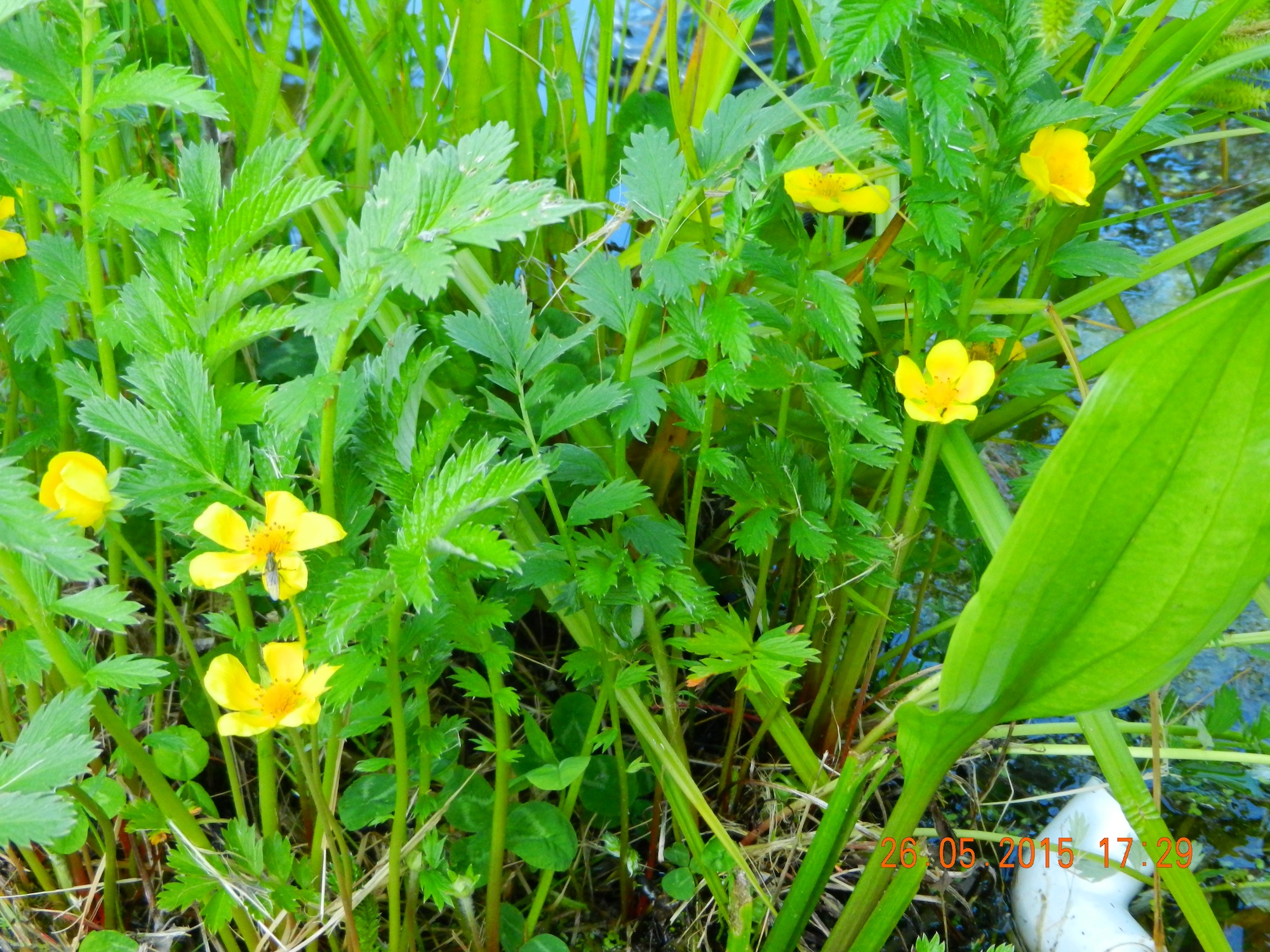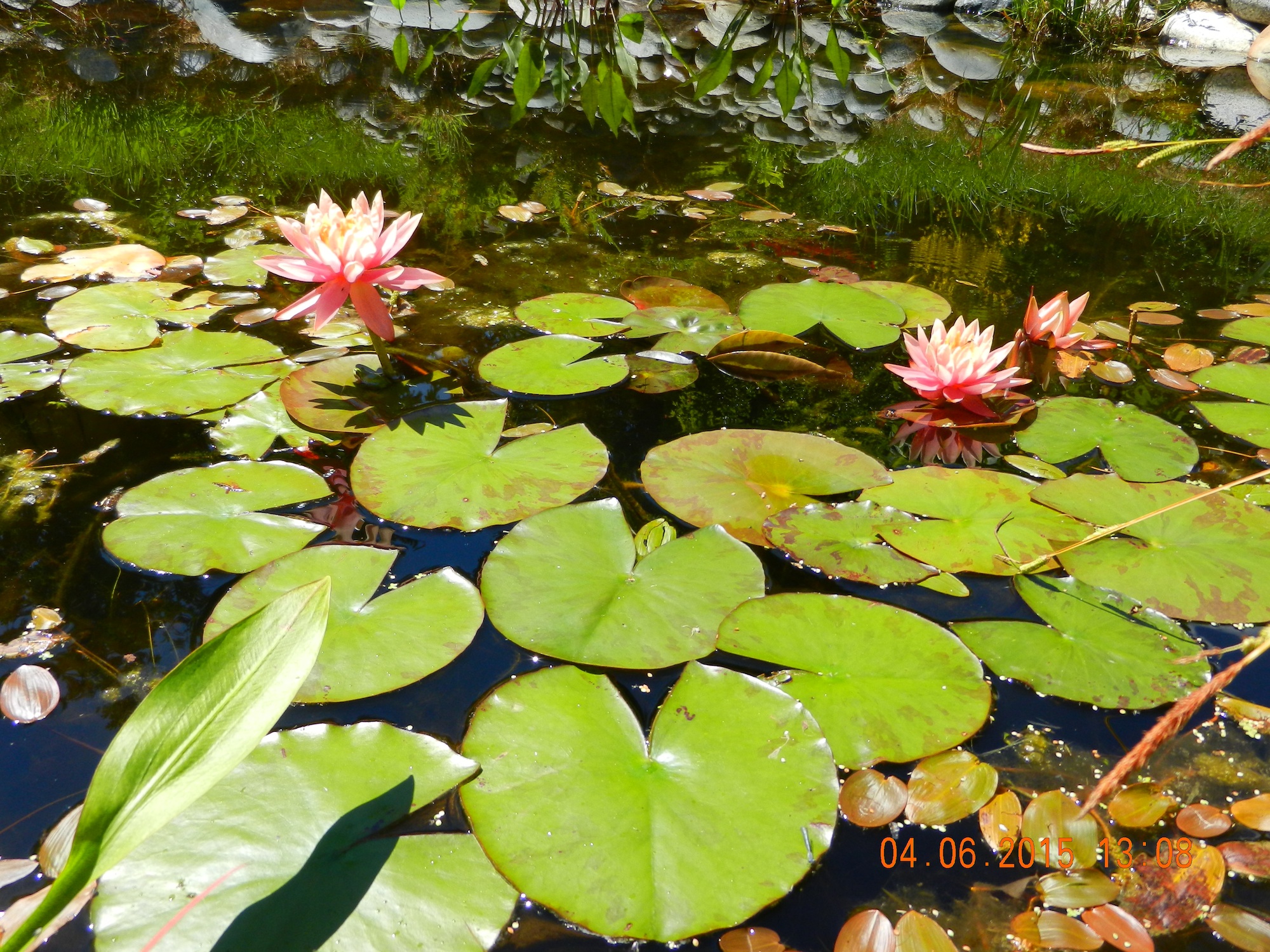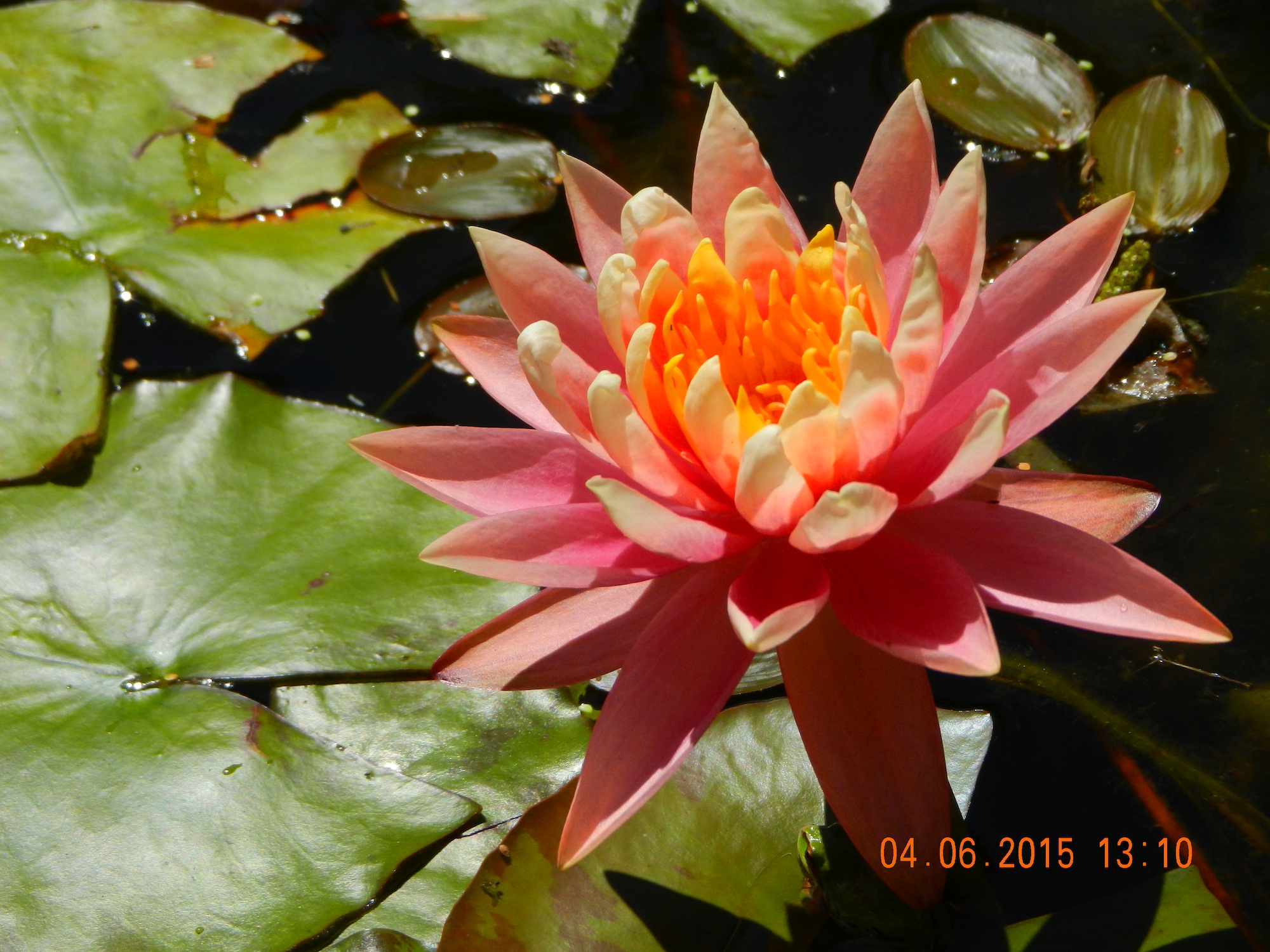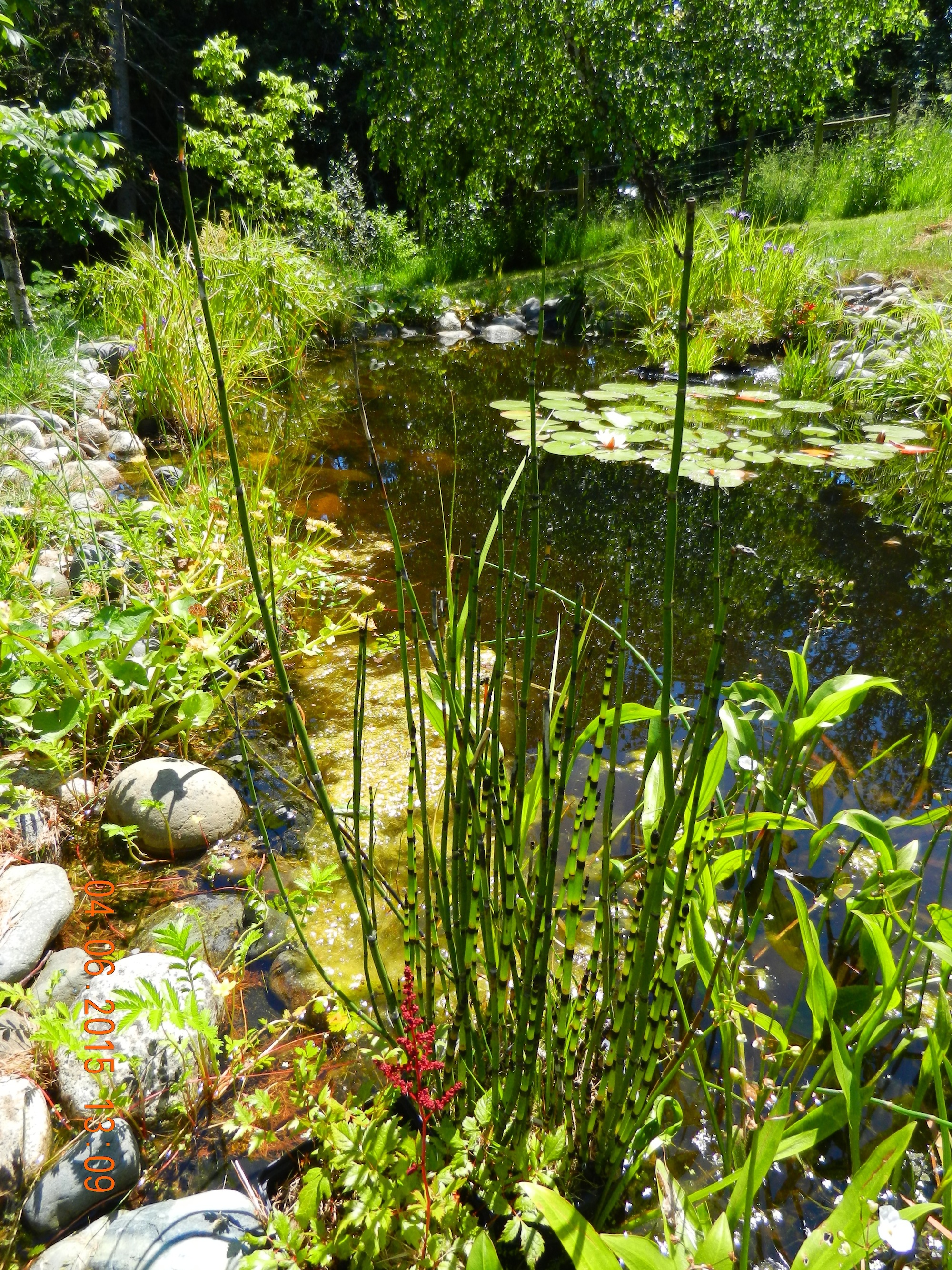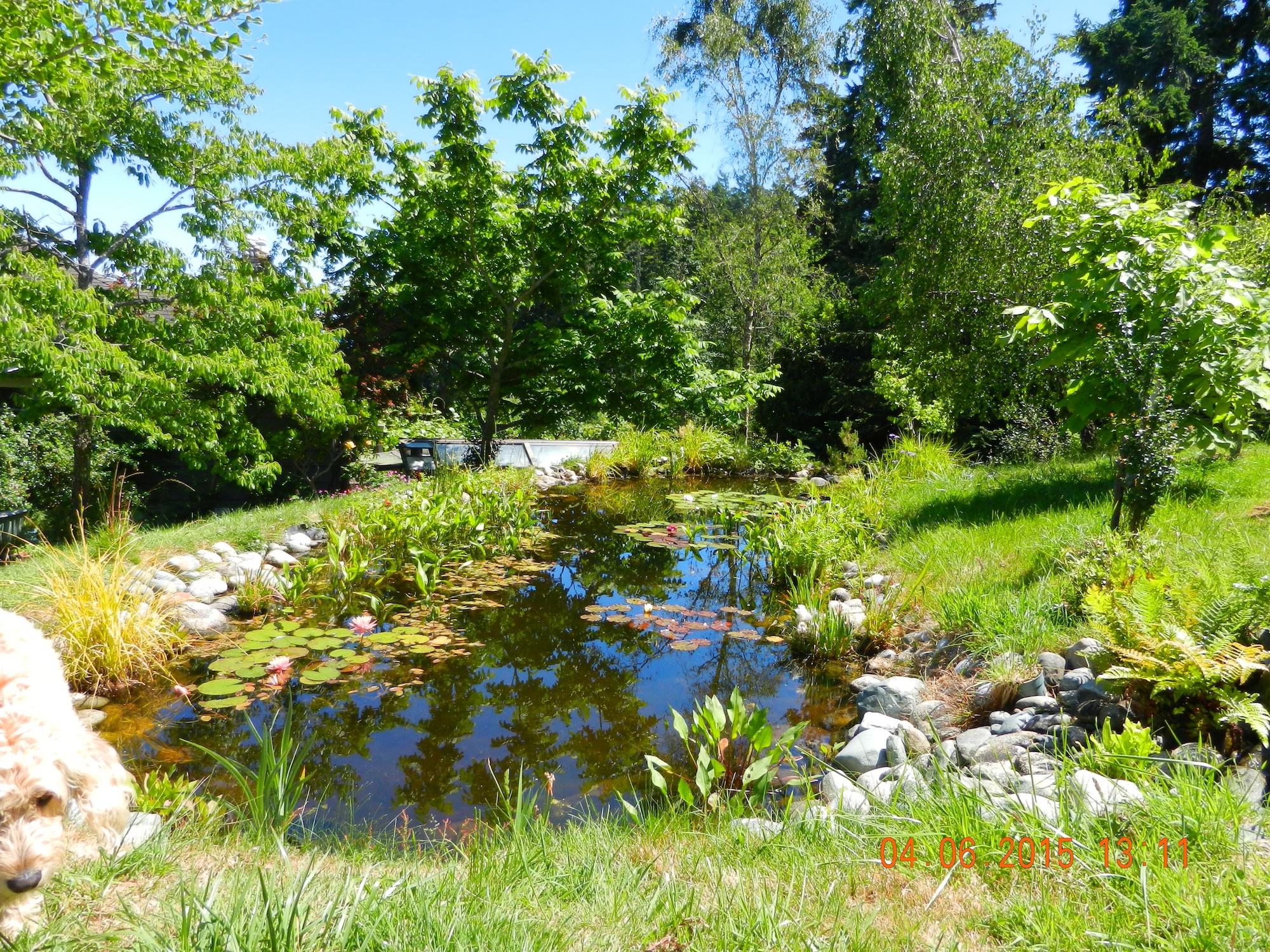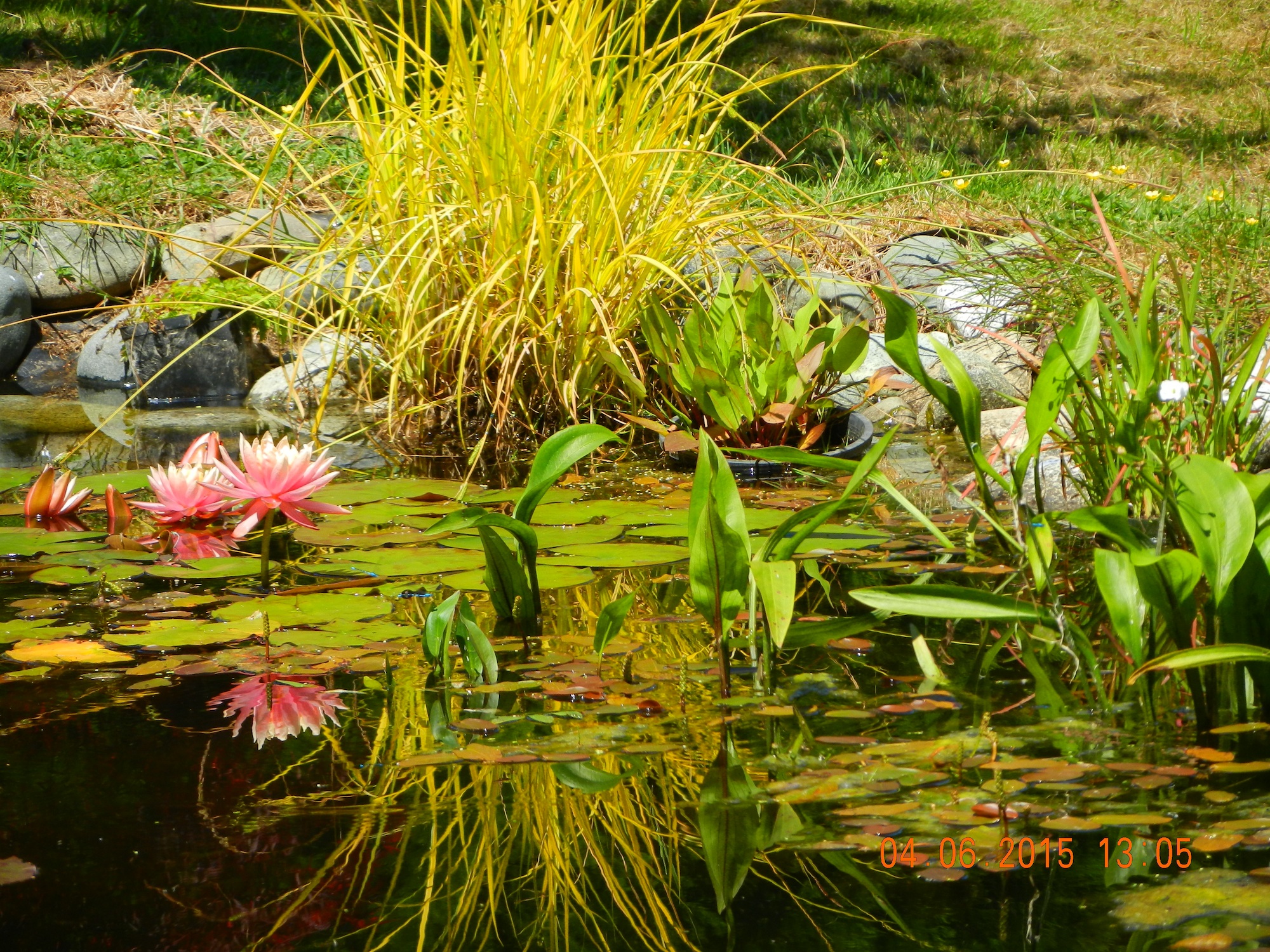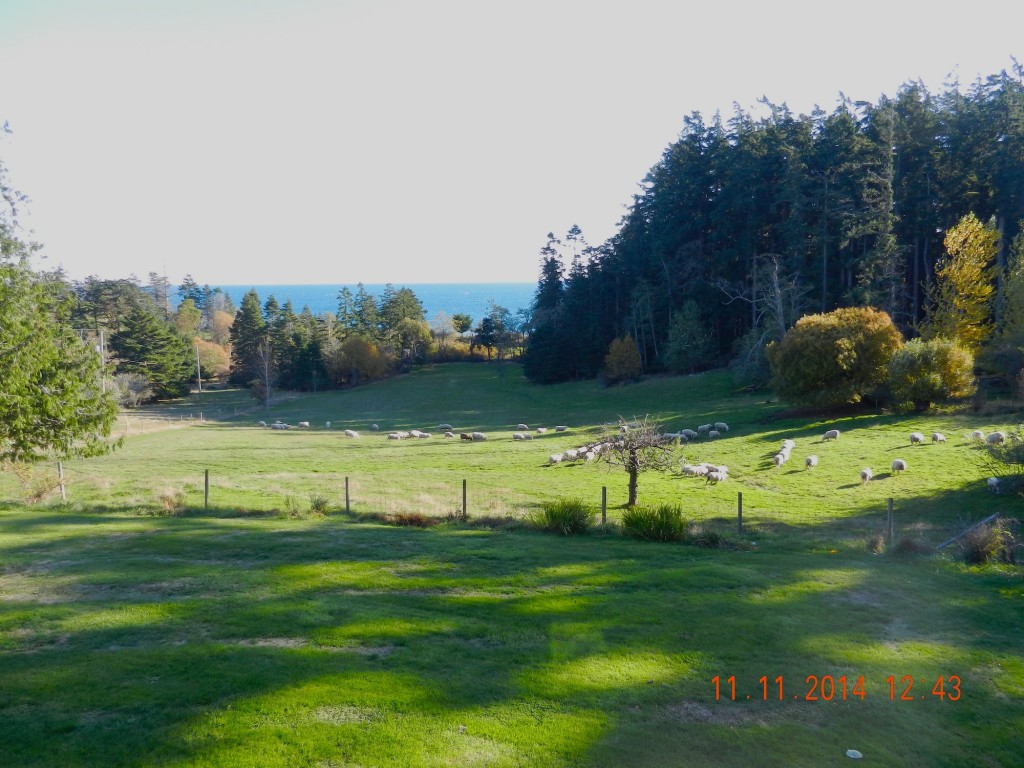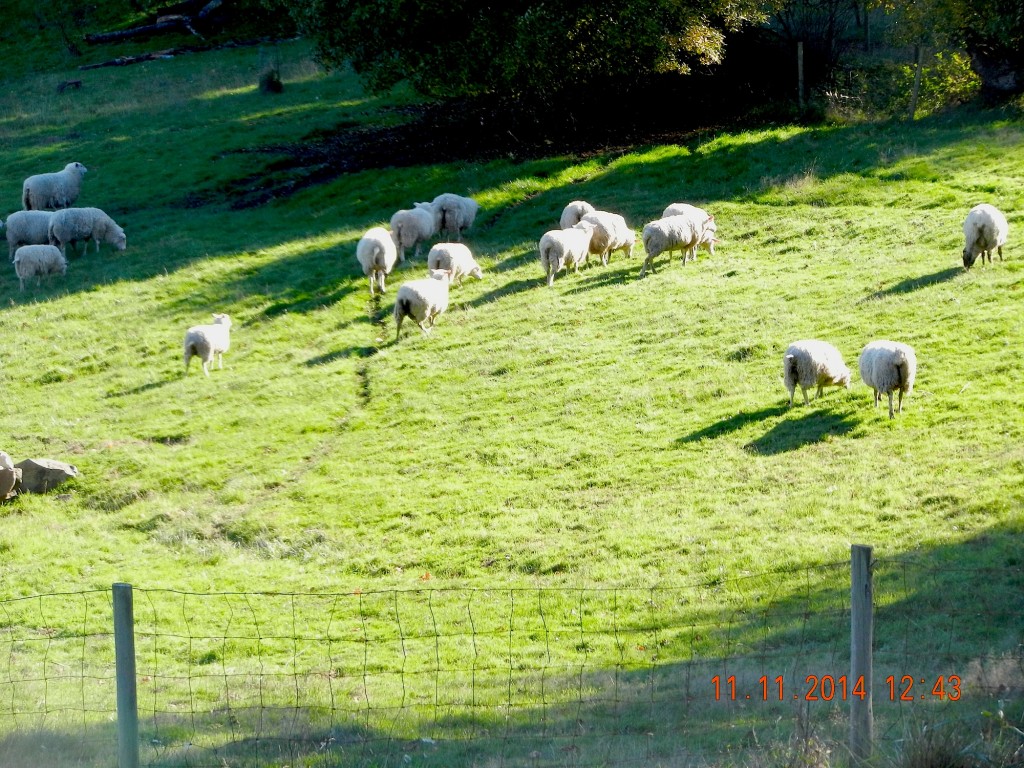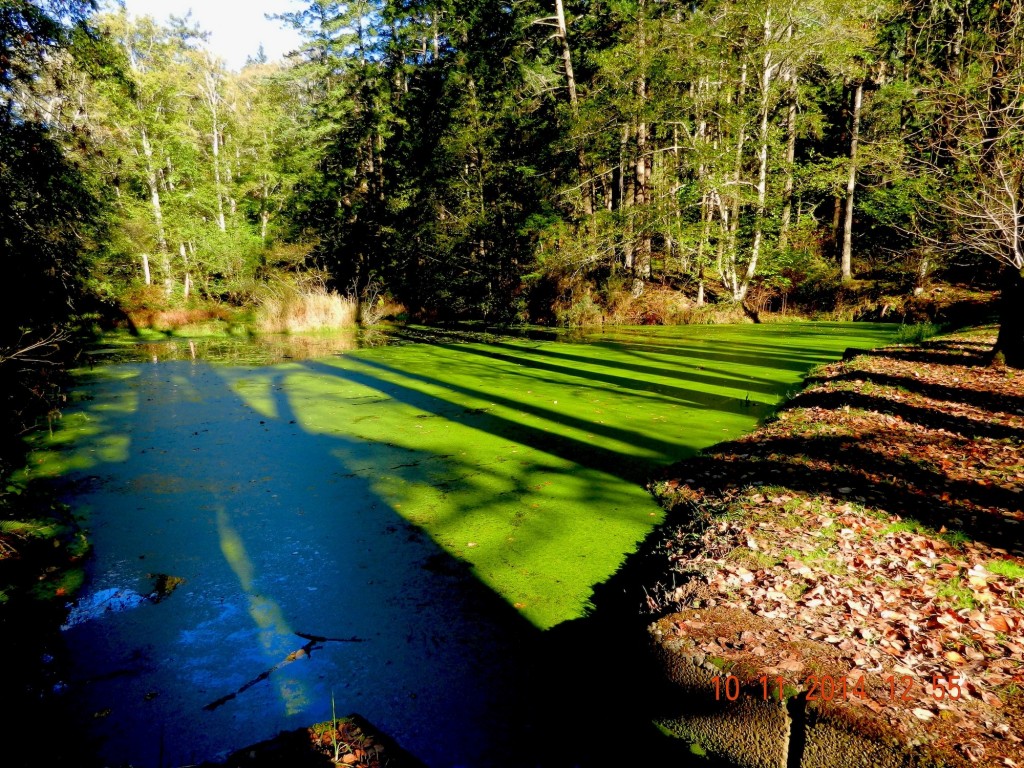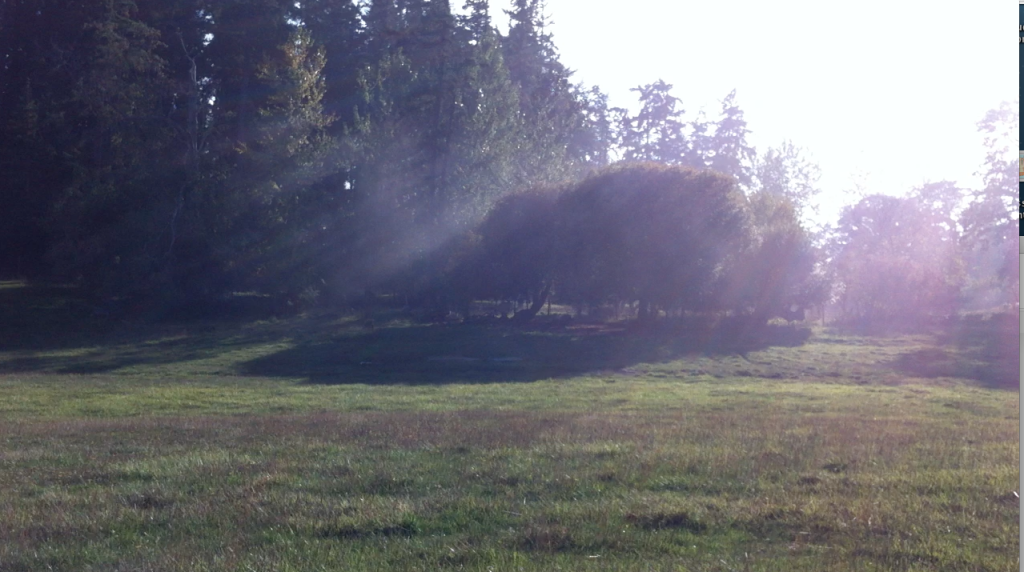A slice through a willow .. I took this photo of the patterns in a split willow. This summer we purchased a new wood-splitter along with our neighbours…now splitting wood is fun !!
Category: Images
We are fortunate to live in a very beautiful part of Southern Vancouver Island, so it is always tempting to grab an image on the camera.
Check out these pictures tagged with images.
Sandhill Crane Migration

Each year at this time of year we get a small number of sandhill cranes migrating over Southern Vancouver Island. Having grown up in Saskatchewan I was familiar with the migrating flocks with their characteristic warbling call. I was surprized to find that they also nested up the coast of British Columbia.
Today at noon we saw a pair right down in front of our house in the sheep pasture. Got a few hasty pictures:
This presentation by Krista Roessingh tells the story about one of their their nesting sites.
http://ecoreserves.bc.ca/2009/03/17/sandhill-crane-er-possibilities/
Fall Colours in Metchosin
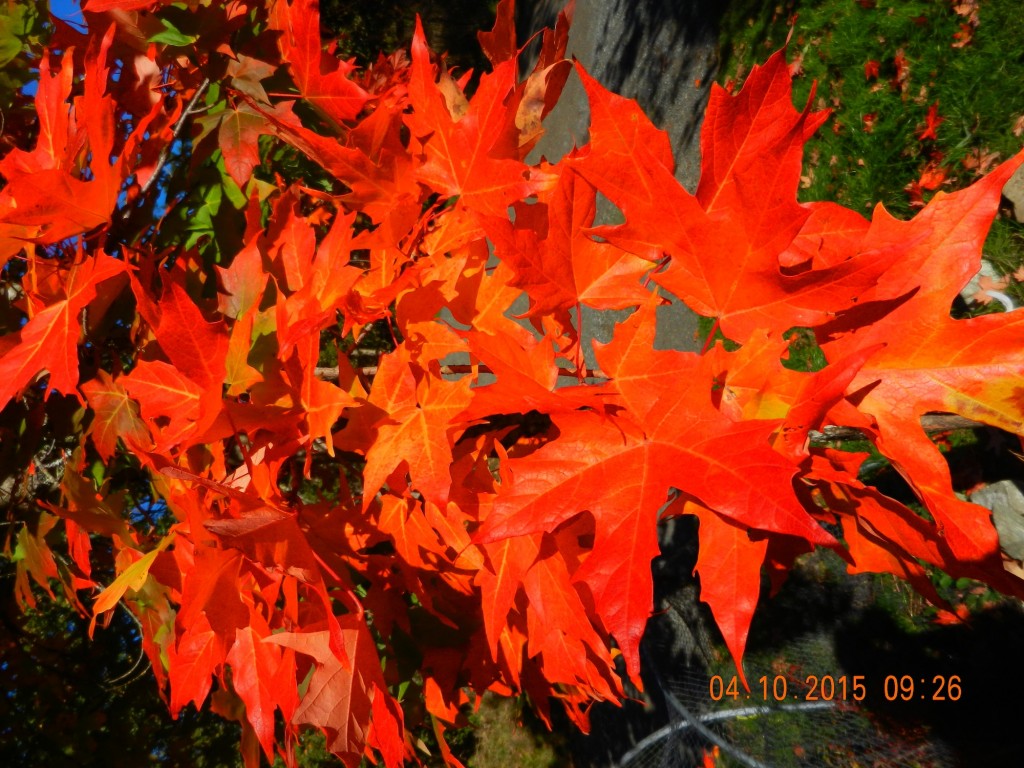
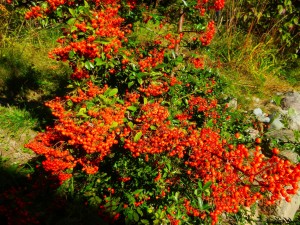
Dragon flies and the pond July 2015
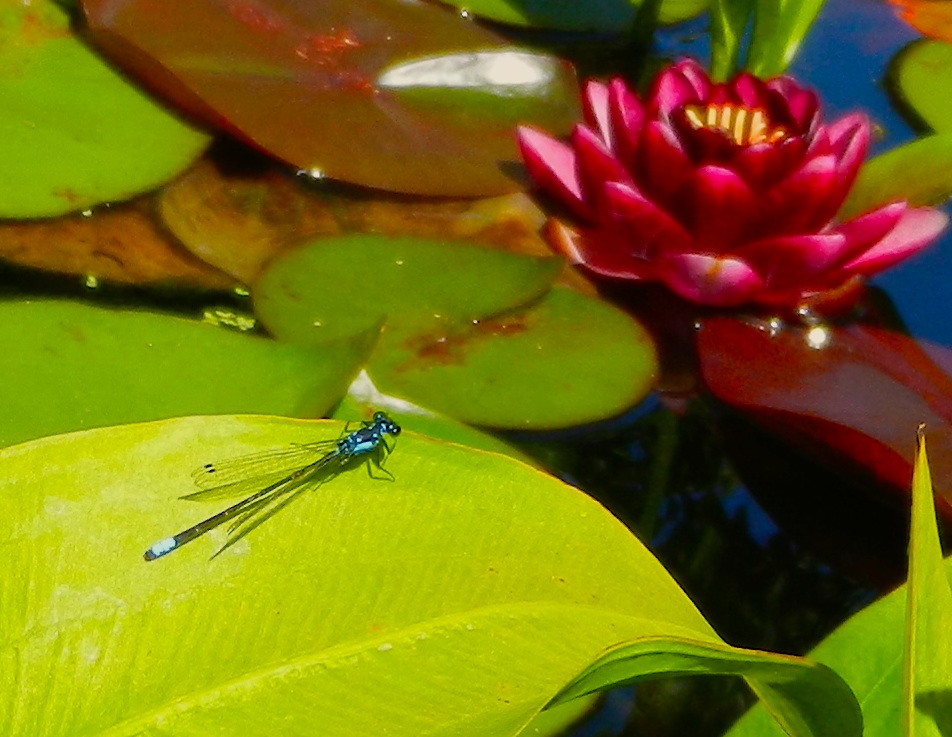
See also Dragonfly tag:
Pond Lily identity a confusion-Schizostylis or Hesperantha ?
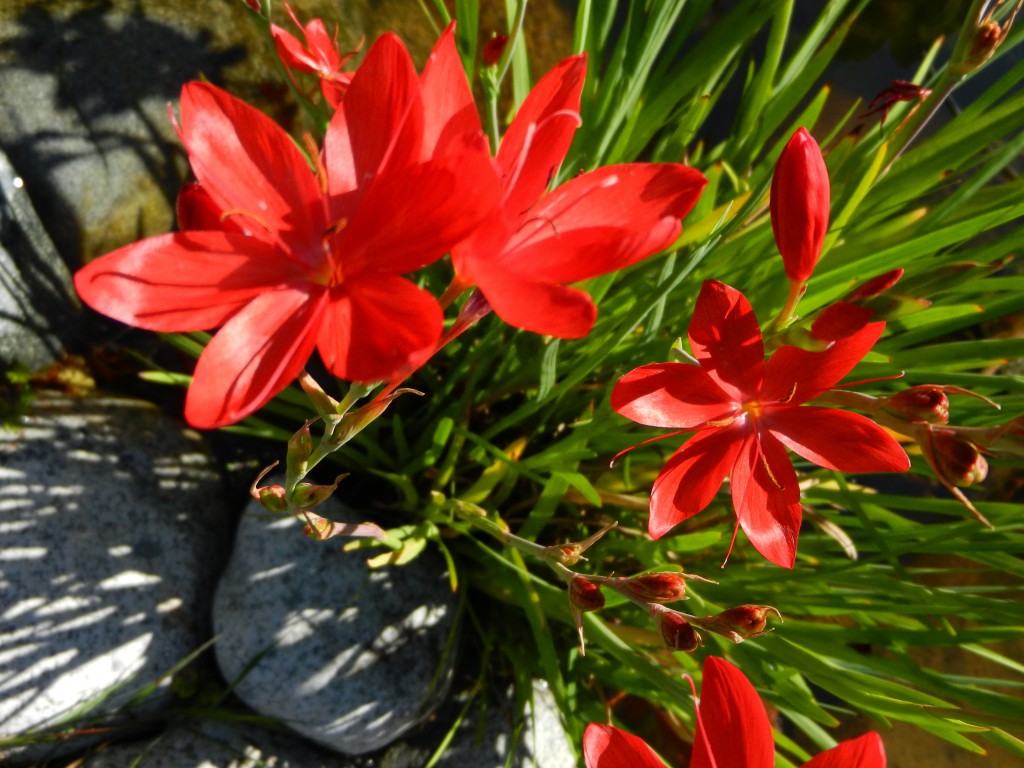
For several years now I have been growing a very successful and attractive lily in the pond which I originally bought from a local plant store as a reddish-orange kaffir Lily, Schizostylis coccinea.
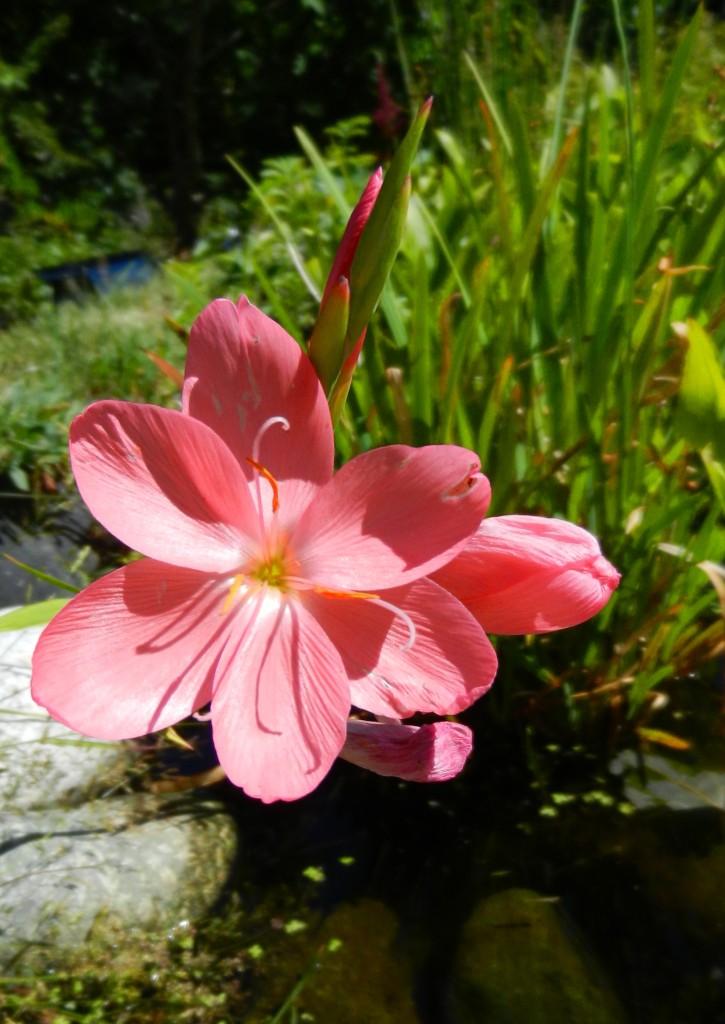
The interesting thing is that it reproduces from seeds very well –and last year a pale pink variety came from a seedling. I kept these plants in the same pot and overwintered in the greenhouse. Normally the red flowers appear in August, but when I set it back in the pond in March, after continuing to bloom most of the winter, it flowered again for a month. Then in early June the pink-flowered plant came into bloom and is still flowering in July. All the other “scarlet river lilies” (see political correctness comment below”) that were left in the pond over winter will bloom again in late summer.
A number of interesting points come up when researching this plant:
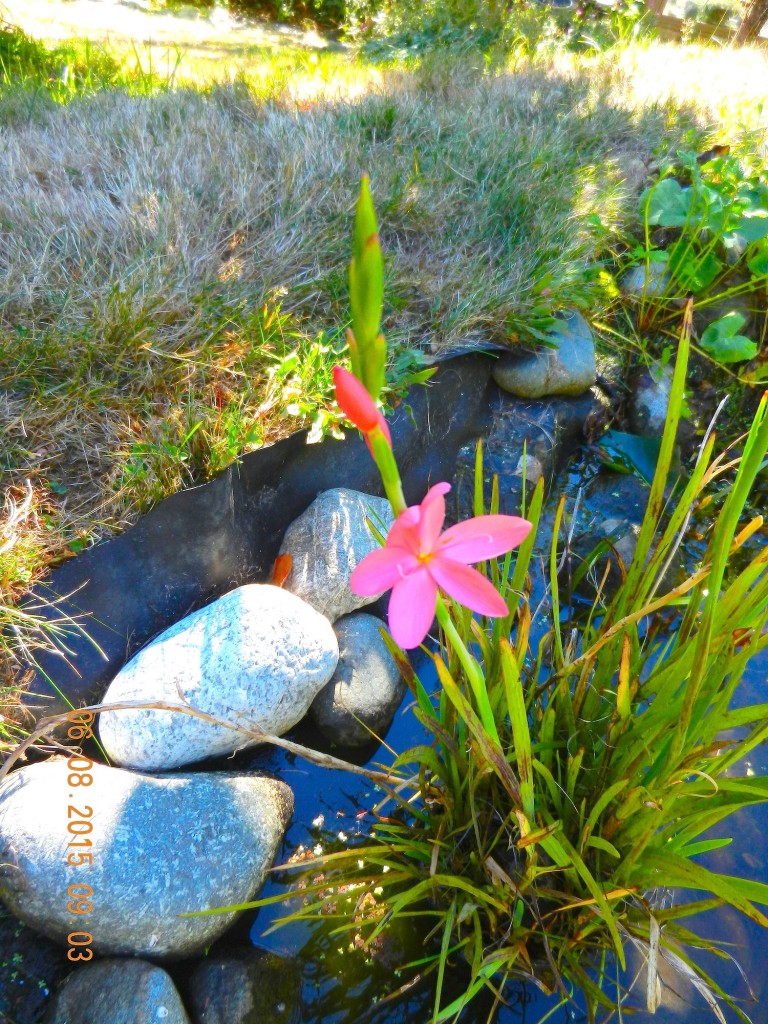
1. The “pink” variety I have does not correspond to either of the pink varieties mentioned in this reference . “Schizostylis coccinea ‘Mrs Hegarty’ was named by Sir Frederick Moore, the Director of Glasnevin Botanic Garden, after the lady who discovered a chance pink seedling in her garden in County Galway in 1914. She was persuaded to show her plant at the RHS show in London in 1919. It was immediately successful and was given an Award of Merit. Schizostylis coccinea ‘Mrs Hegarty’ has deep rose-pink flowers and yellow anthers and has been rather superceded by the cultivar ‘Sunrise’ which is also pink. Schizostylis coccinea ‘Viscountess Byng’ has pale pink petals and the anthers are purple brown. This cultivar is later flowering and is named after the dedicated rock gardener of the 1920’s. Her flower beds were sometimes temporarily covered in water.”
Reference: “St. Andrews Botanic Garden Flower of the Month”However the anthers of the pink variety I have are pink!
2. A Scientific name change: Schizostylis spp. came to be seen as distinct from Hesperantha spp. whereas in almost every detail, Schizostylis is identical to Hesperantha. Most Hesperantha species have pink flowers, while Schizostylis is bright red. Since forms of Schizostylis with pink flowers are found in cultivation and in the wild, however, that doesn’t seem to count for much. The final proof is that Schizostylis and Hesperantha is the DNA data, which confirms that the two genera cannot be separated.
3. Political Correctness has influenced the common name . For years it was known as the Kaffir Lily. As the Ken Thompson points out in this 2012 Telegraph article:
“–Kaffir is an offensive term for black South Africans. I suspect no one outside South Africa is likely to consider “kaffir lily” a racial slur, but nevertheless I sense a campaign is afoot to find something less offensive. Crimson flag lily, Cape lily and river lily, or scarlet river lily, all appear to be in circulation. ”
Reference Botanical Identity crisis solved
The Drakensberg mountains in South Africa are where most of these lilies come from.
Kingdom: Plantae
(unranked): Angiosperms
(unranked): Monocots
Order: Asparagales
Family: Iridaceae
Genus: Hesperantha
Species: H. coccinea
Binomial name Hesperantha coccinea (Backh. & Harv.) Goldblatt & J.C.Manning
Western tiger swallowtails (Papilio rutulus) abundant this week.
I can’t recall seeing so many Tiger swallowtails around the yard in other years as we are seeing this year.
Our non-invasive but introduced butterfly bush Bidulphia sp. is particularly attractive to them.
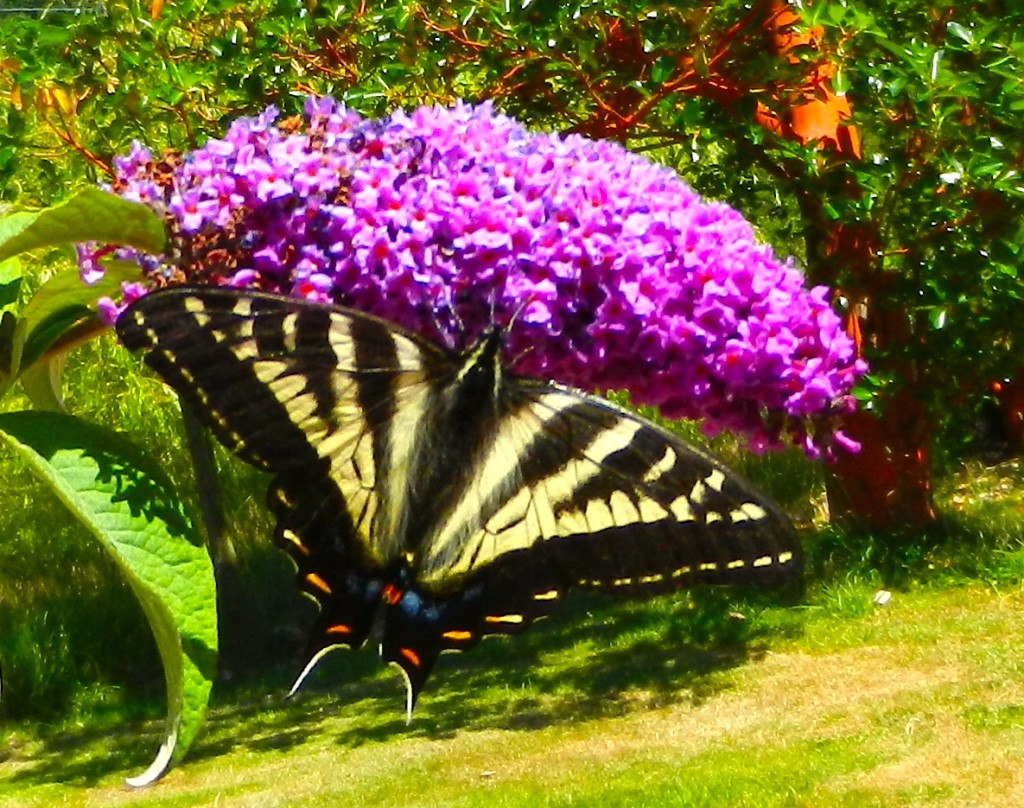
[bulletlist]
- Of particular interest is the backward flying mating dance– one individual 25 cm above and ahead of the other… Several times I have watched these displays go on for up to 10 minutes.
- The other interesting observation was the speed which they insert the proboscis into florets repetitively. You can see that by clicking on the following short video clip:
[/bulletlist]
Scientific classification
Kingdom: Animalia
Phylum: Arthropoda
Class: Insecta
Order: Lepidoptera
Family: Papilionidae
Genus: Papilio
Species: P. rutulus
Papilio rutulus Lucas, 1852
